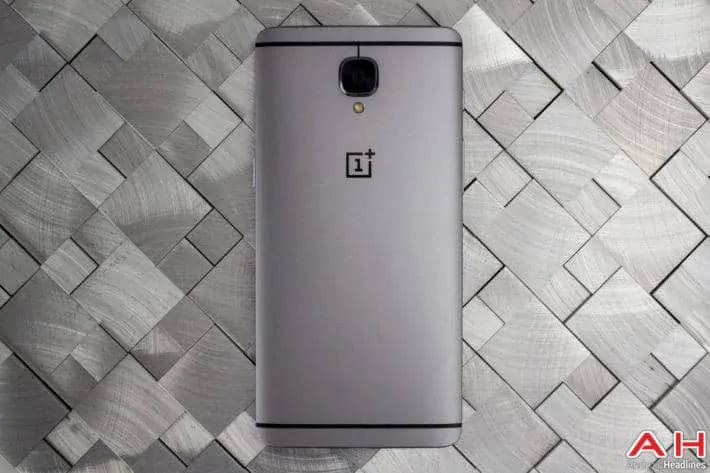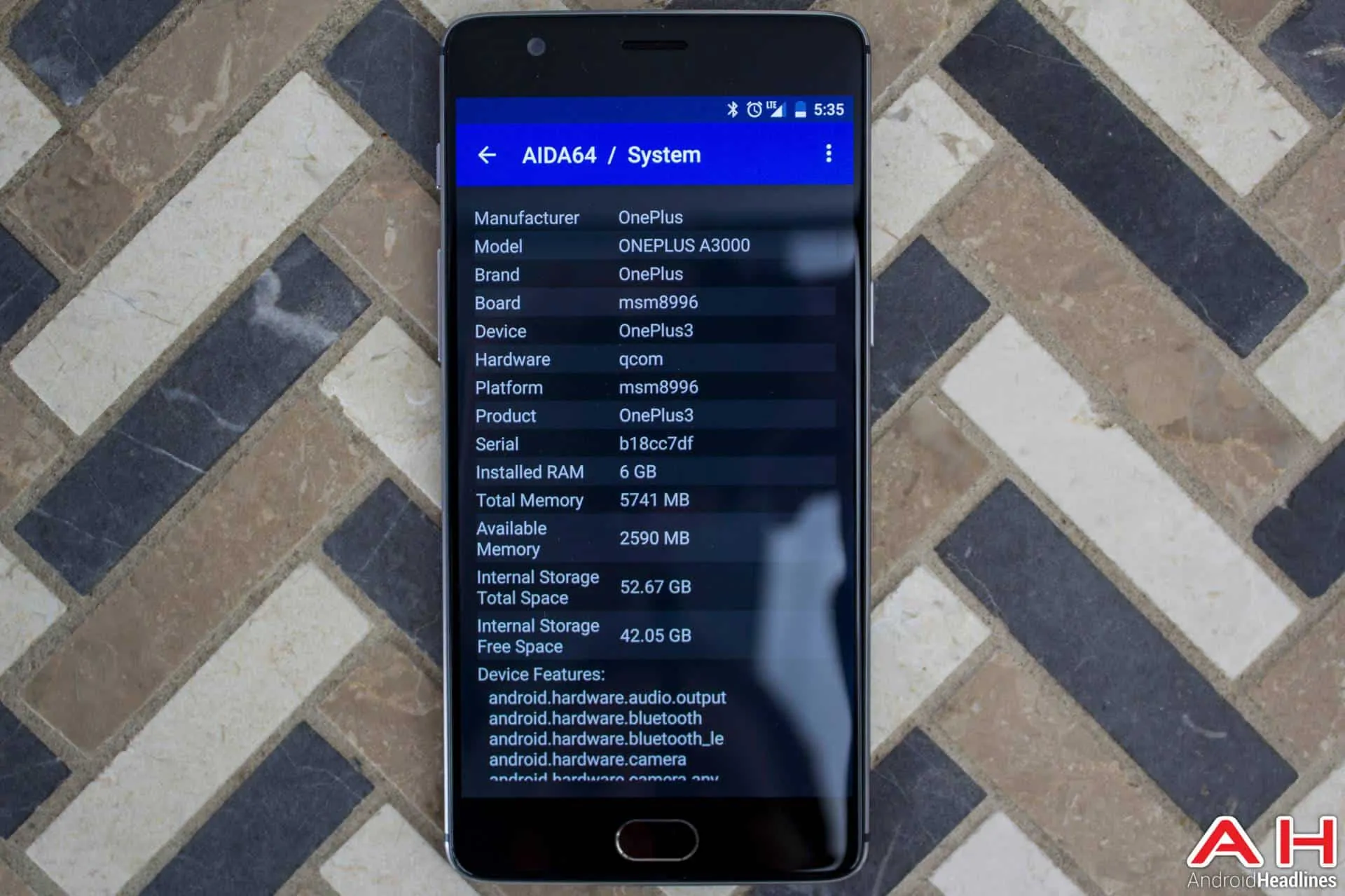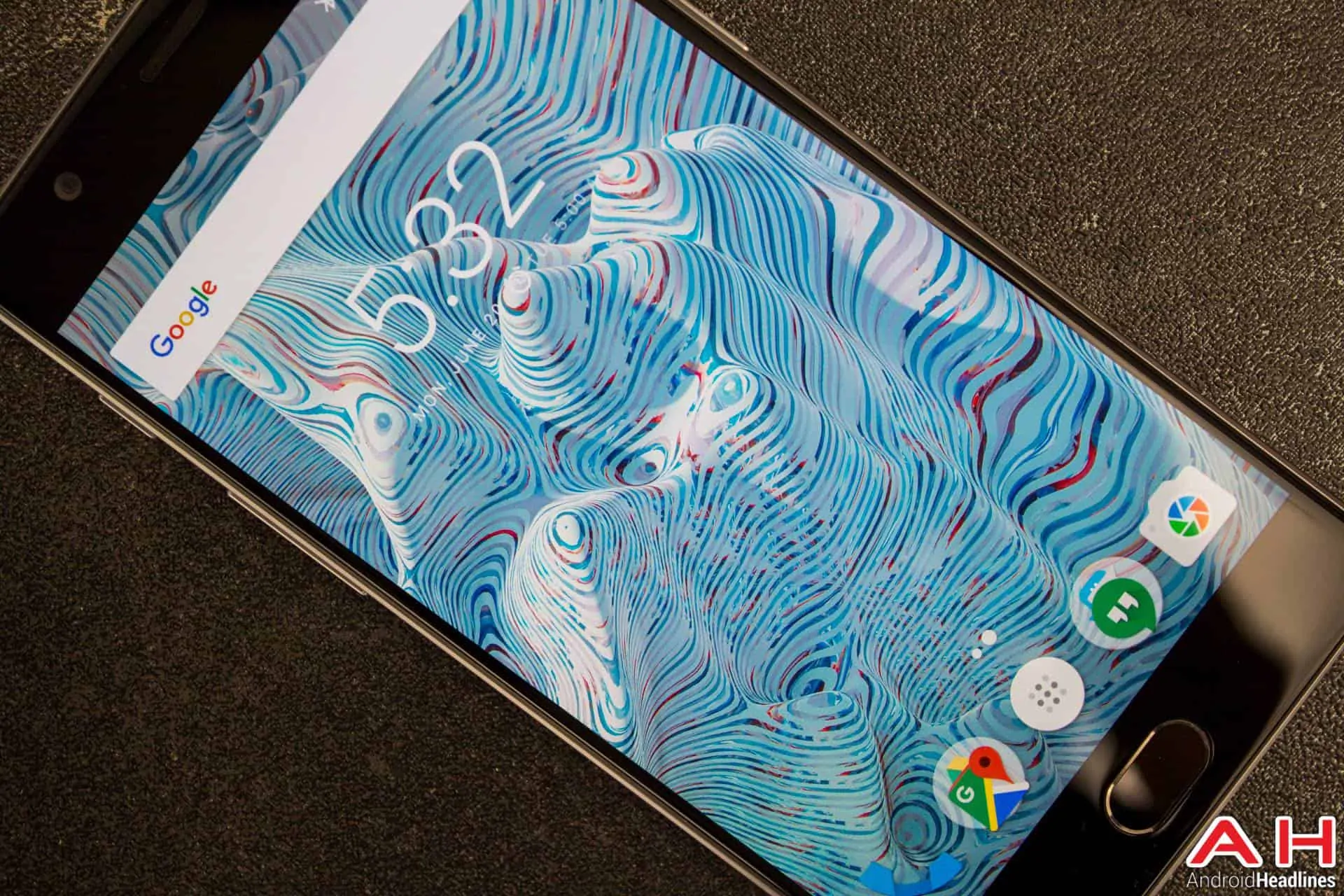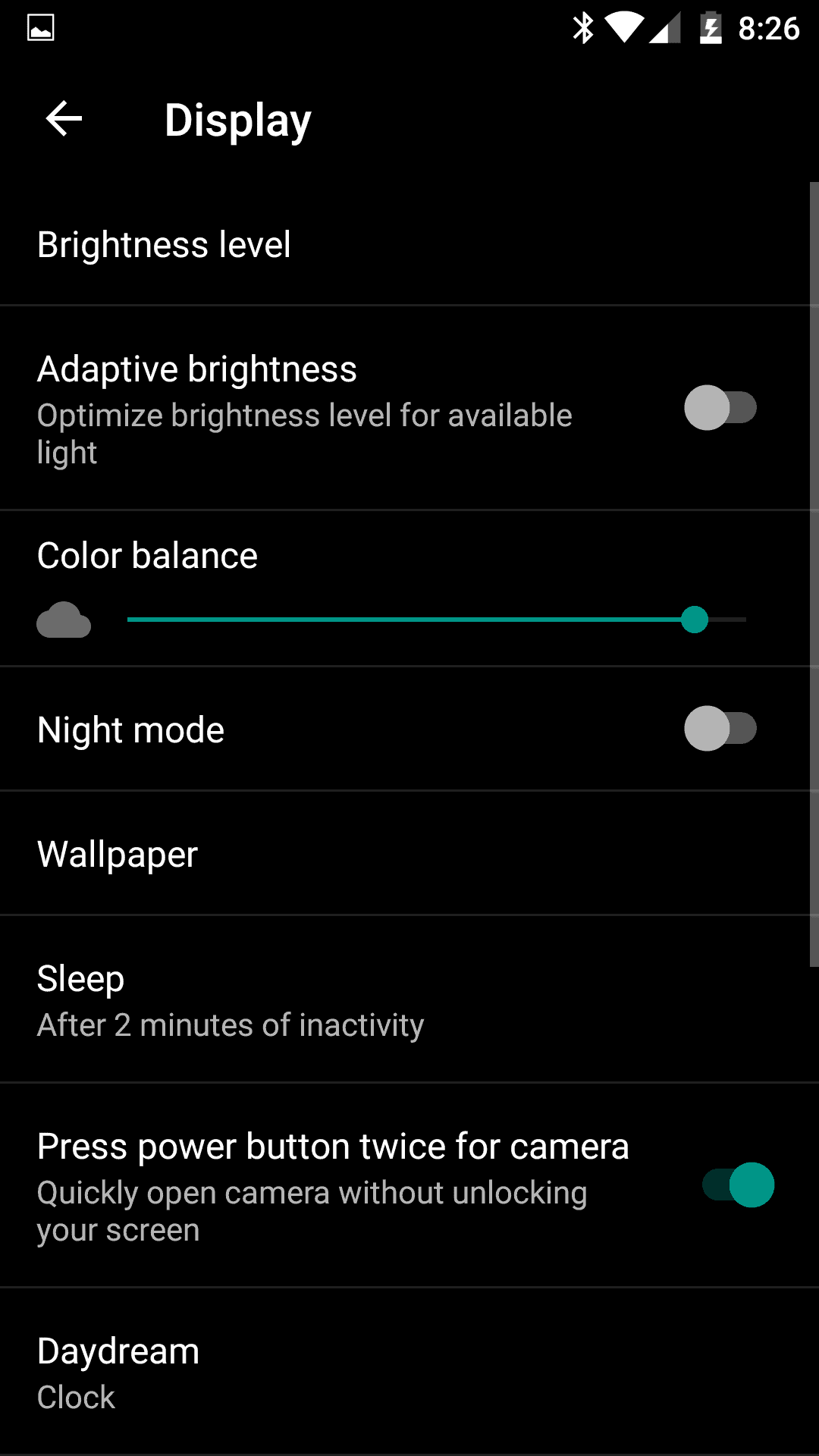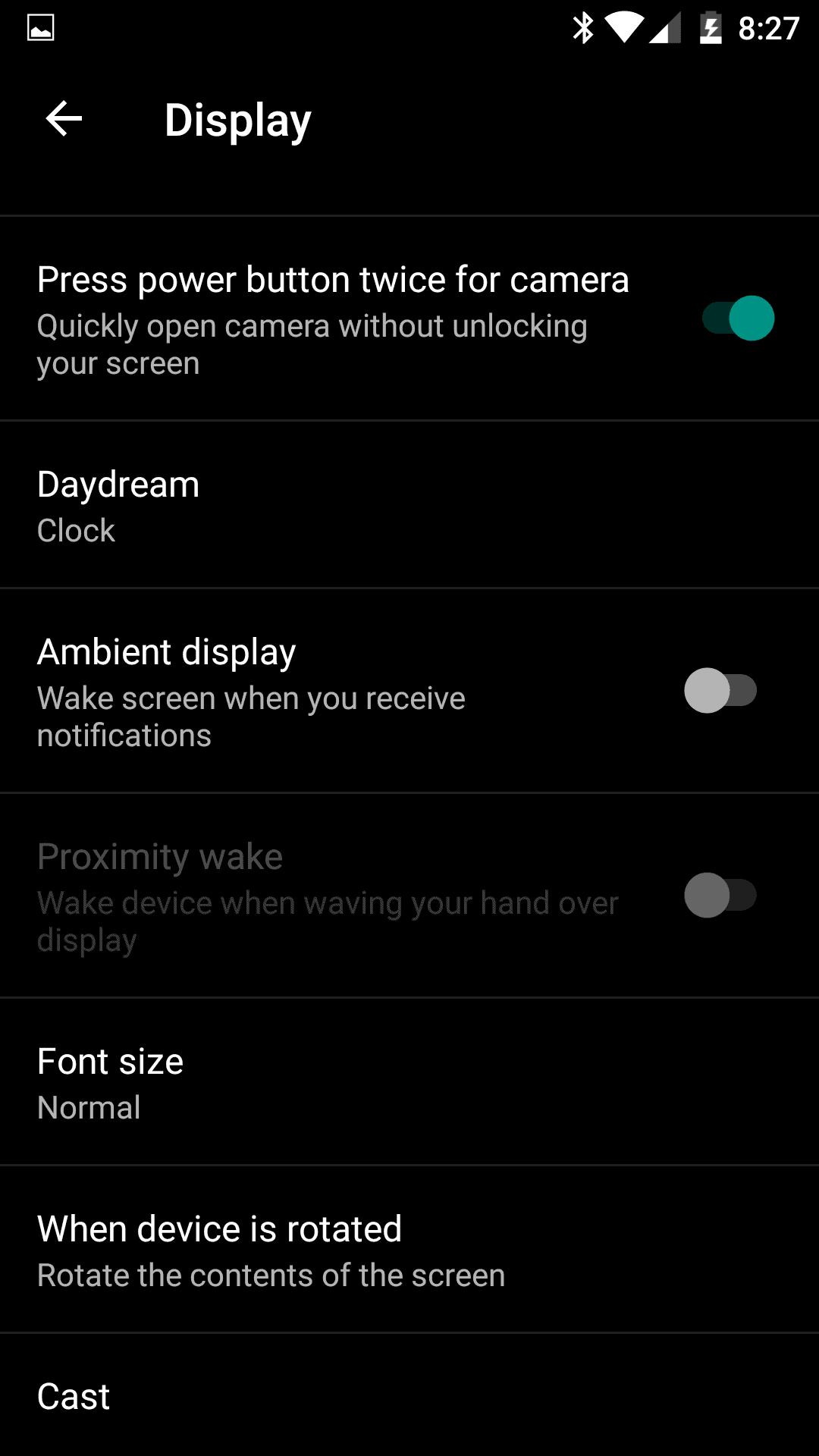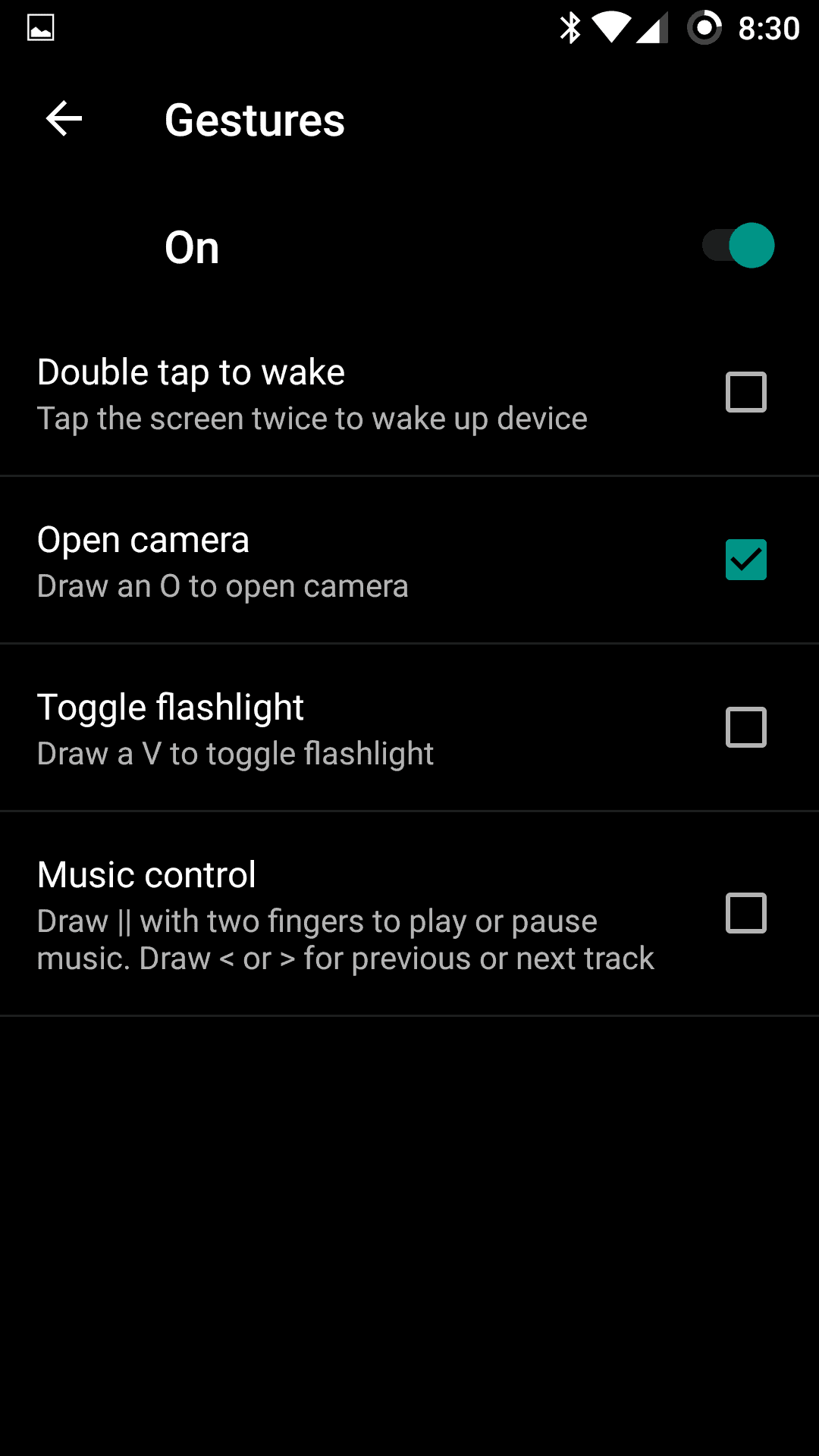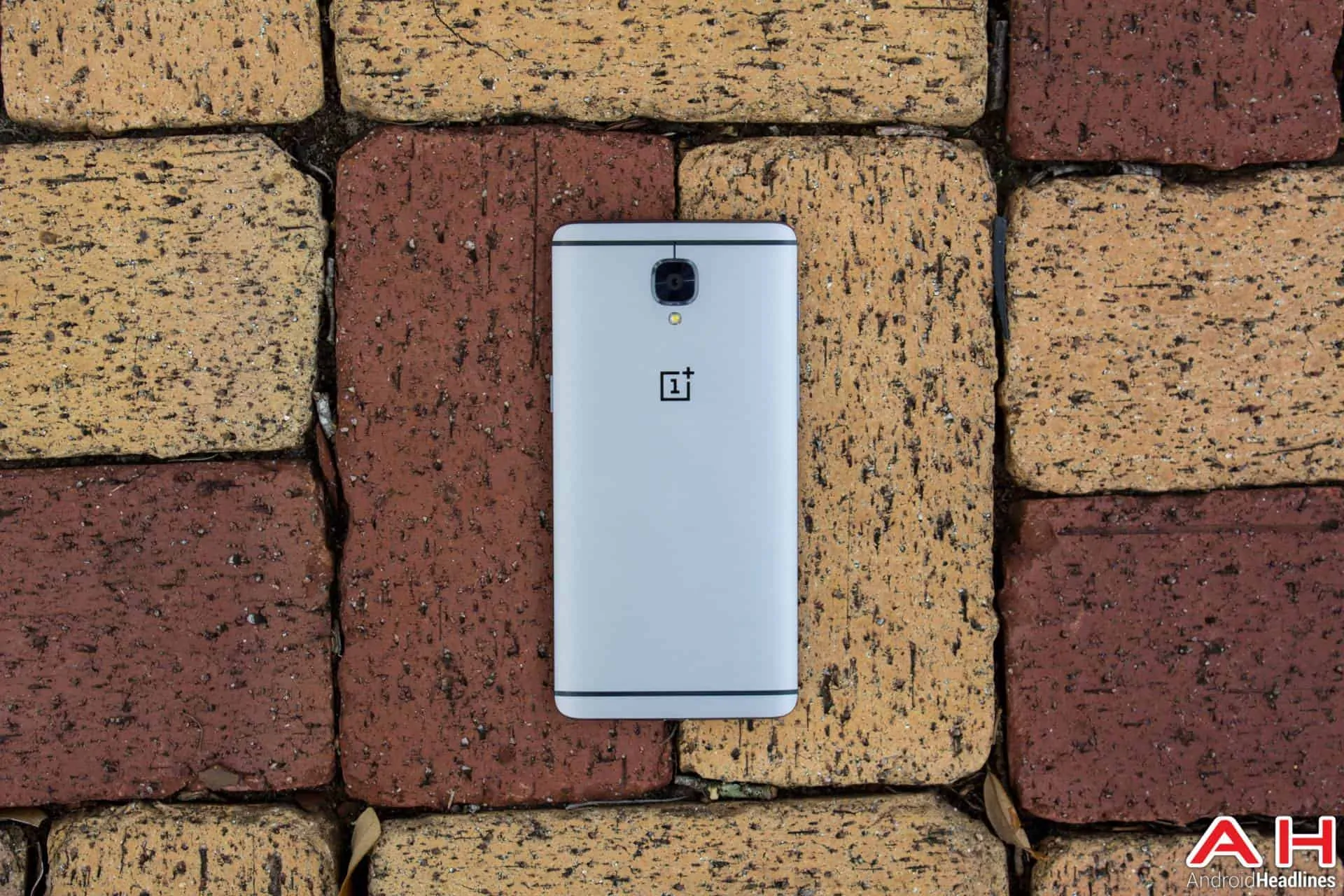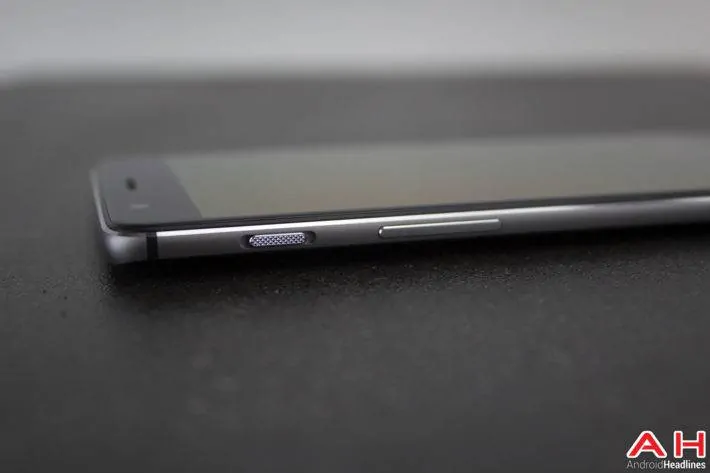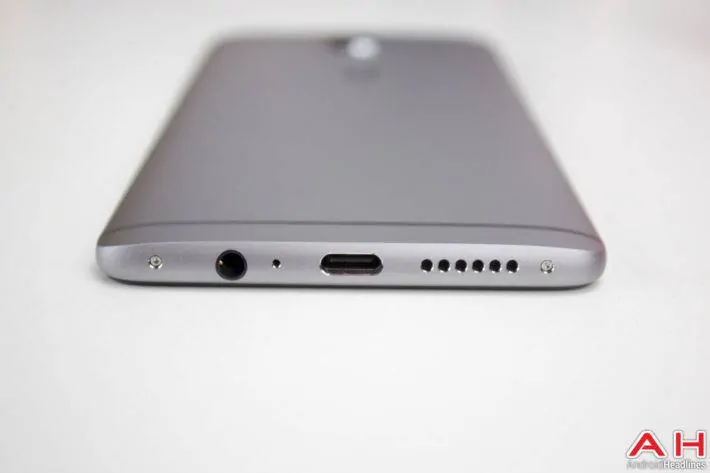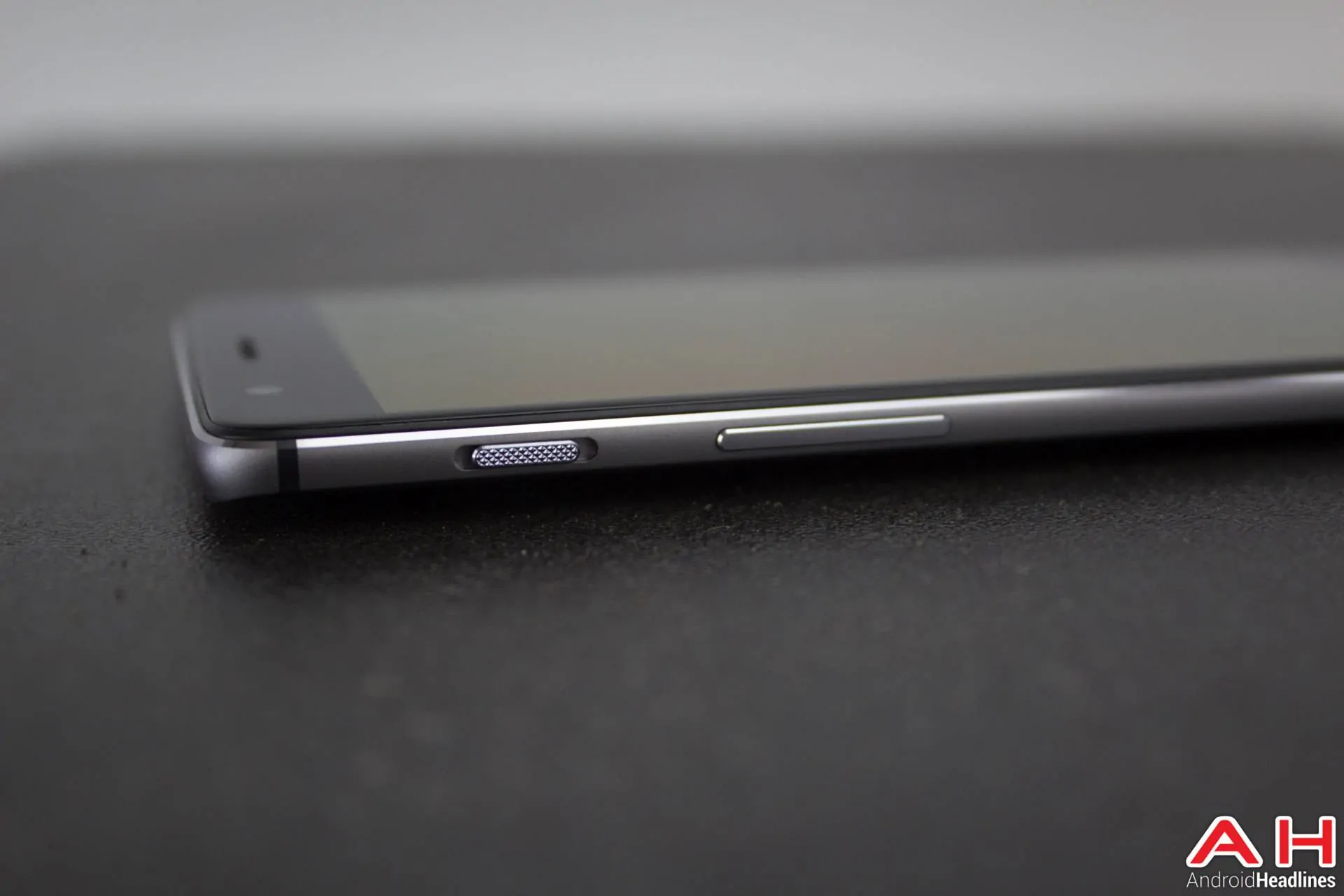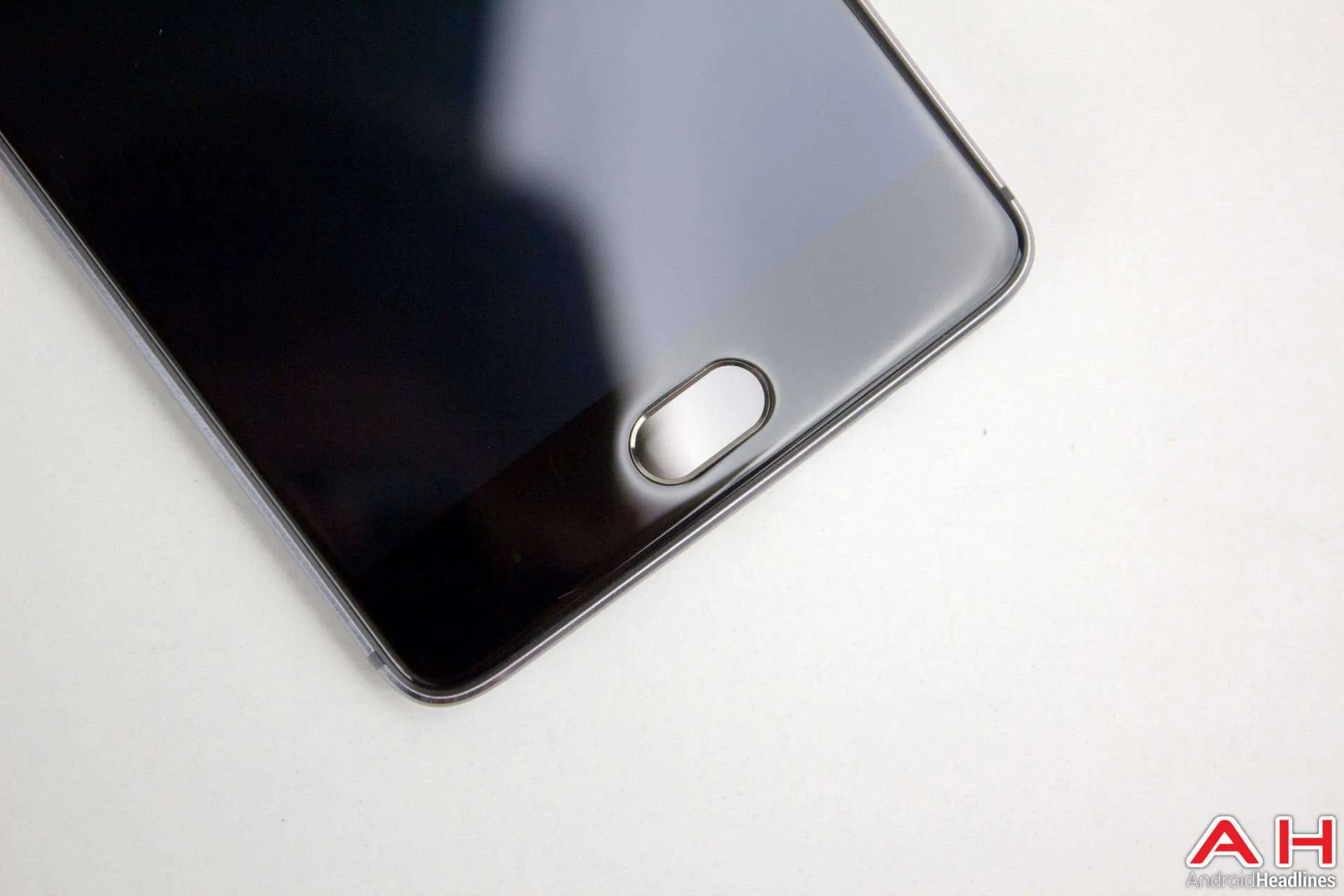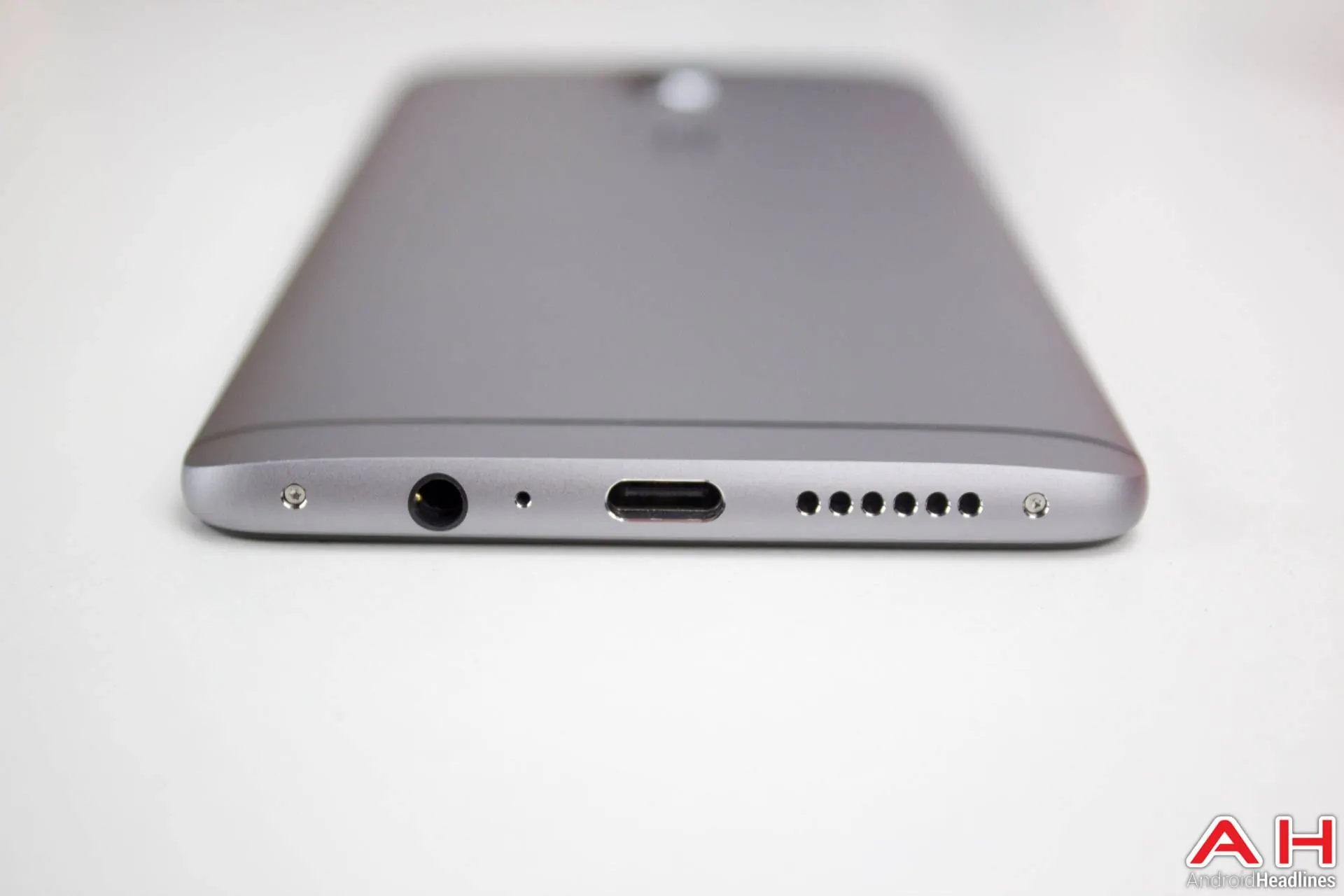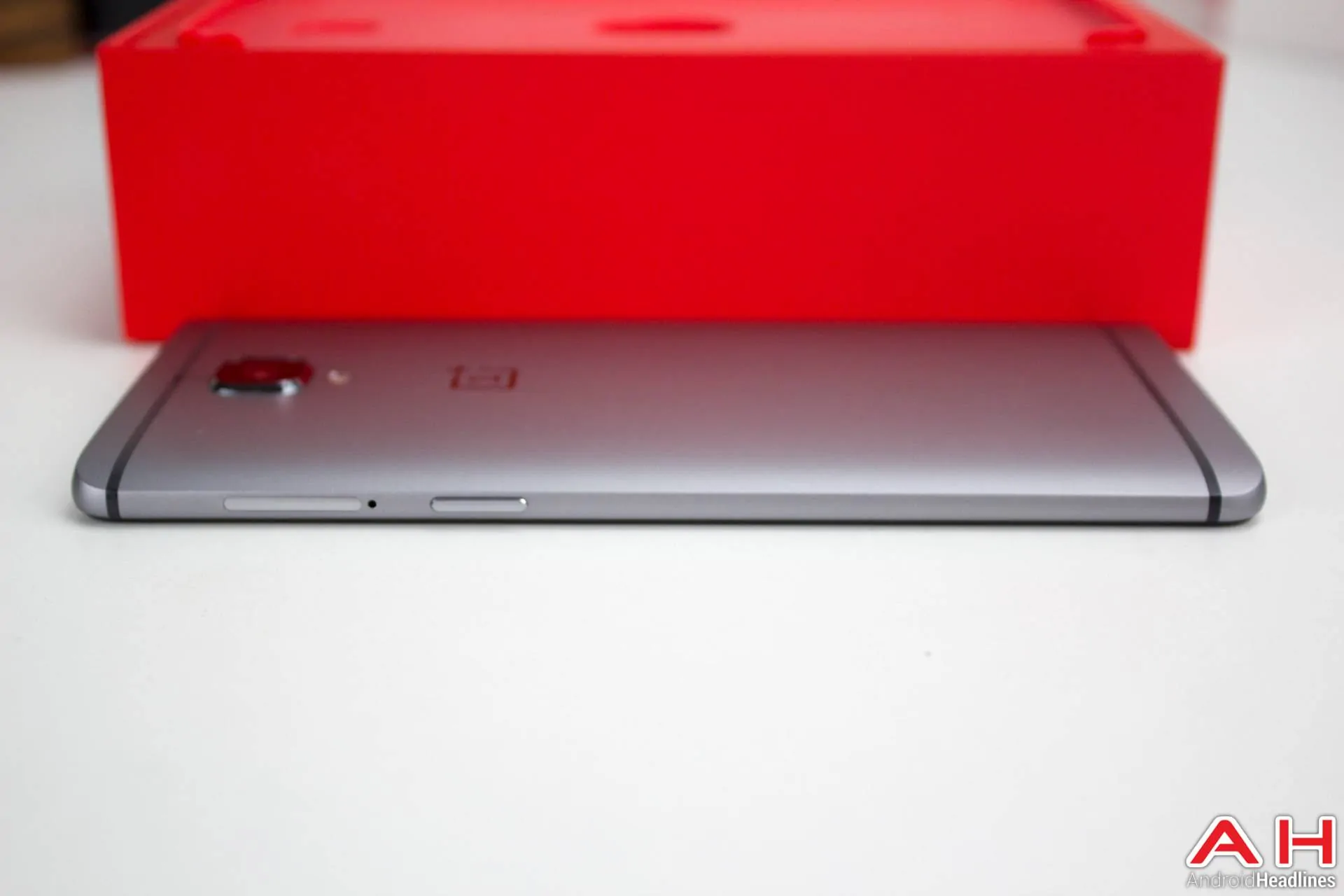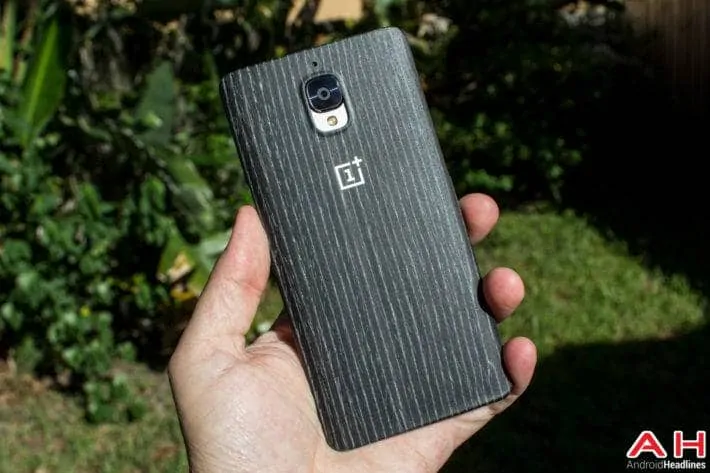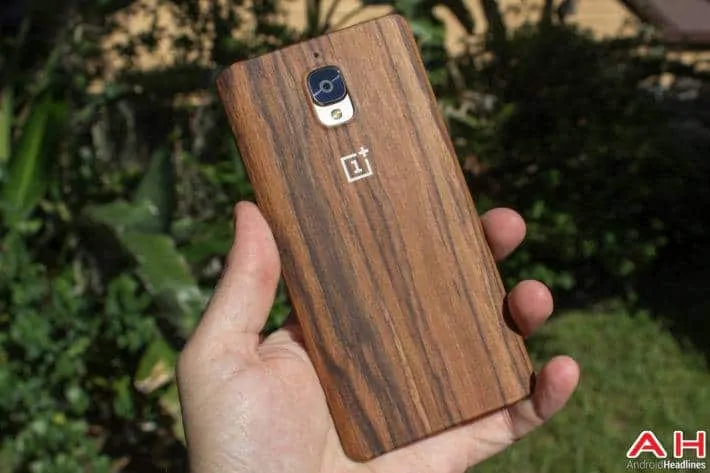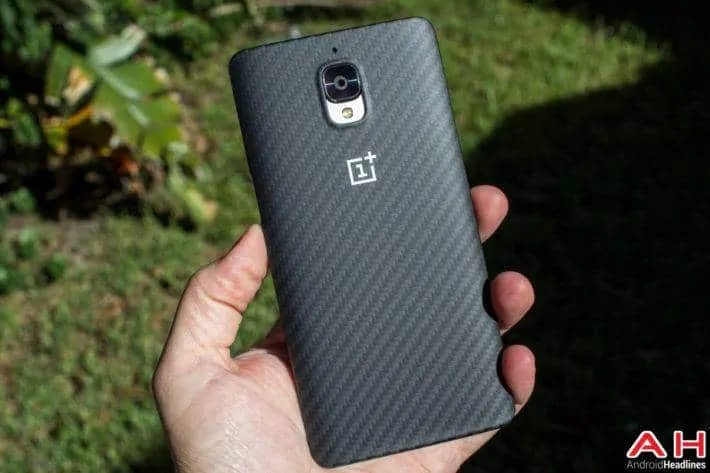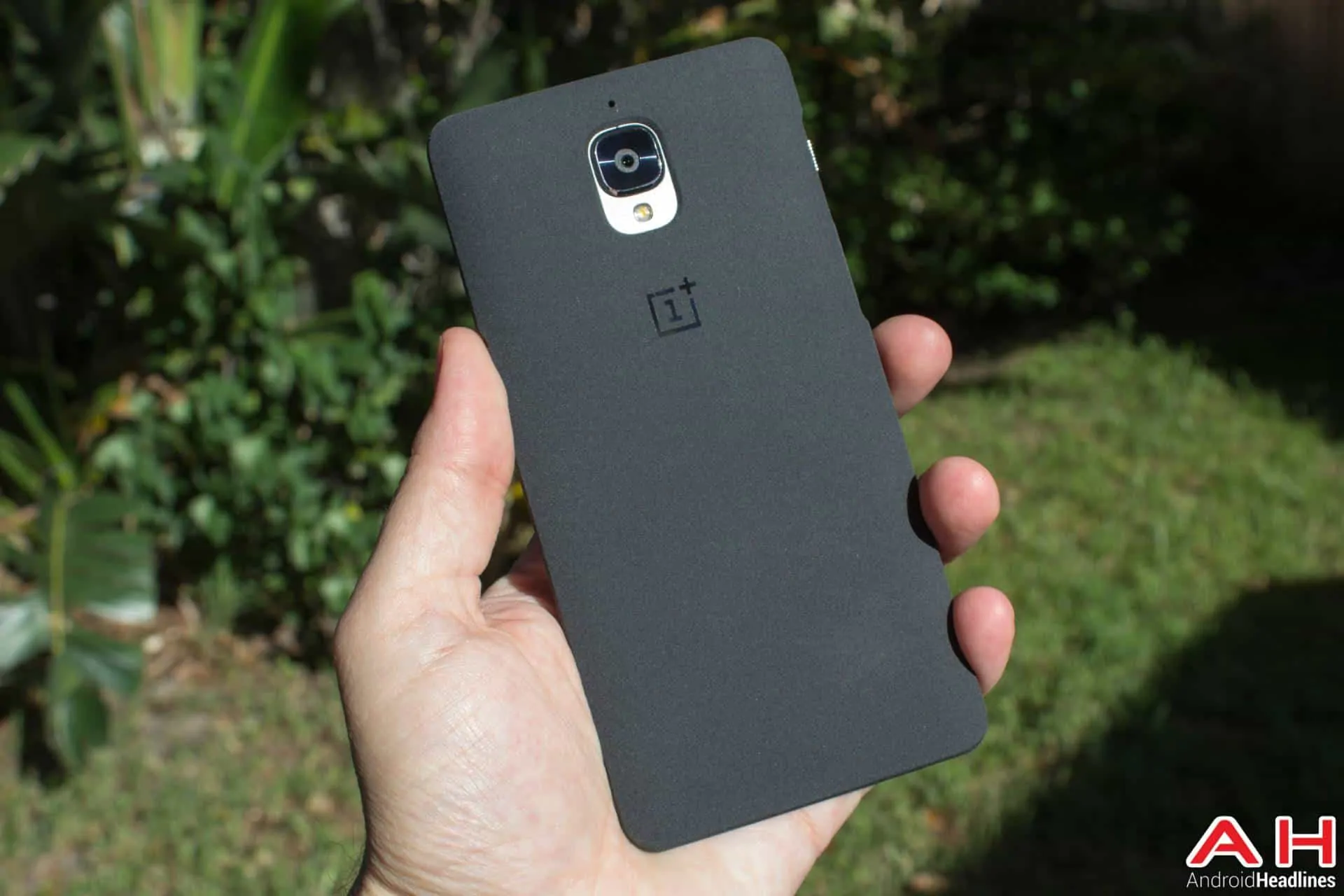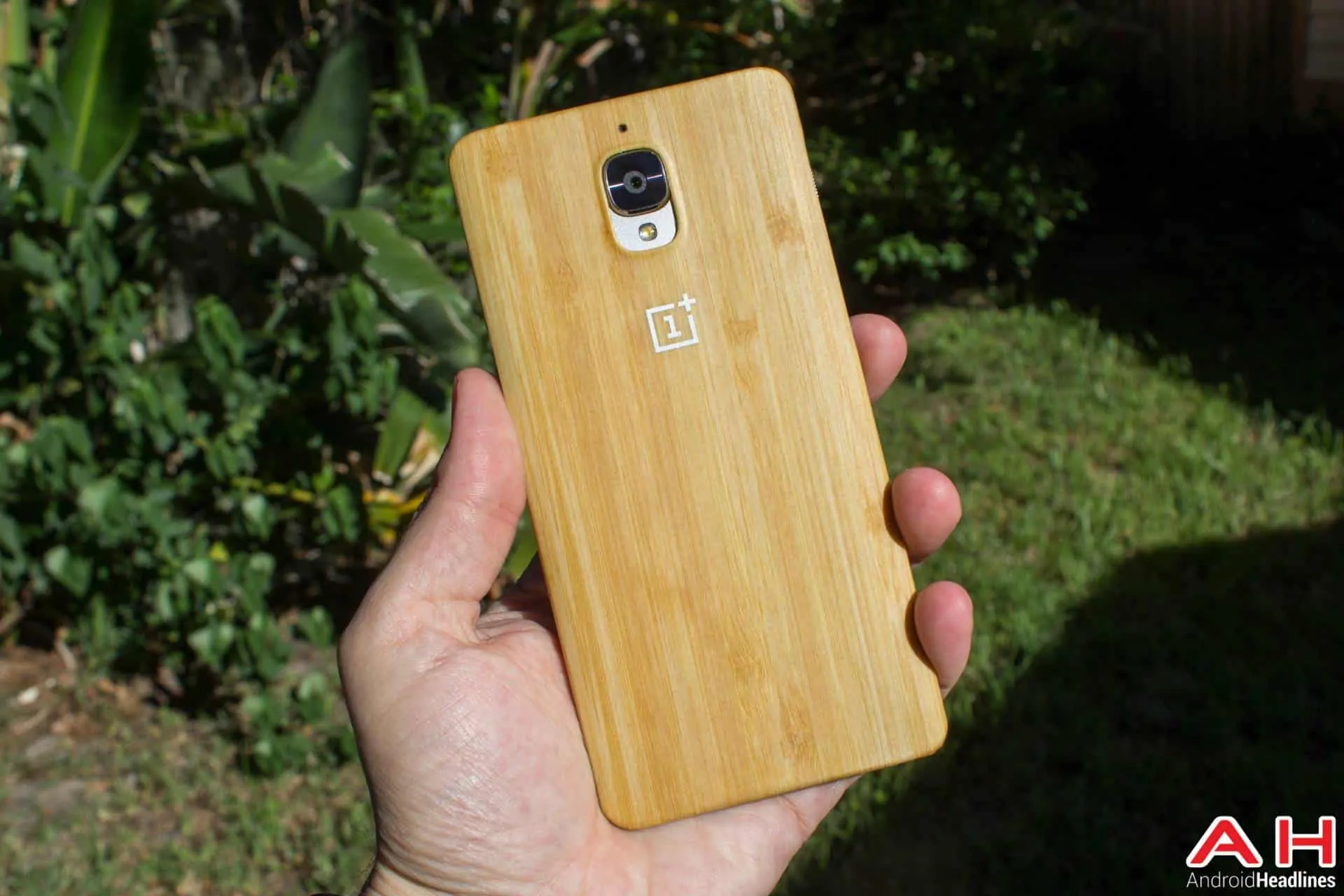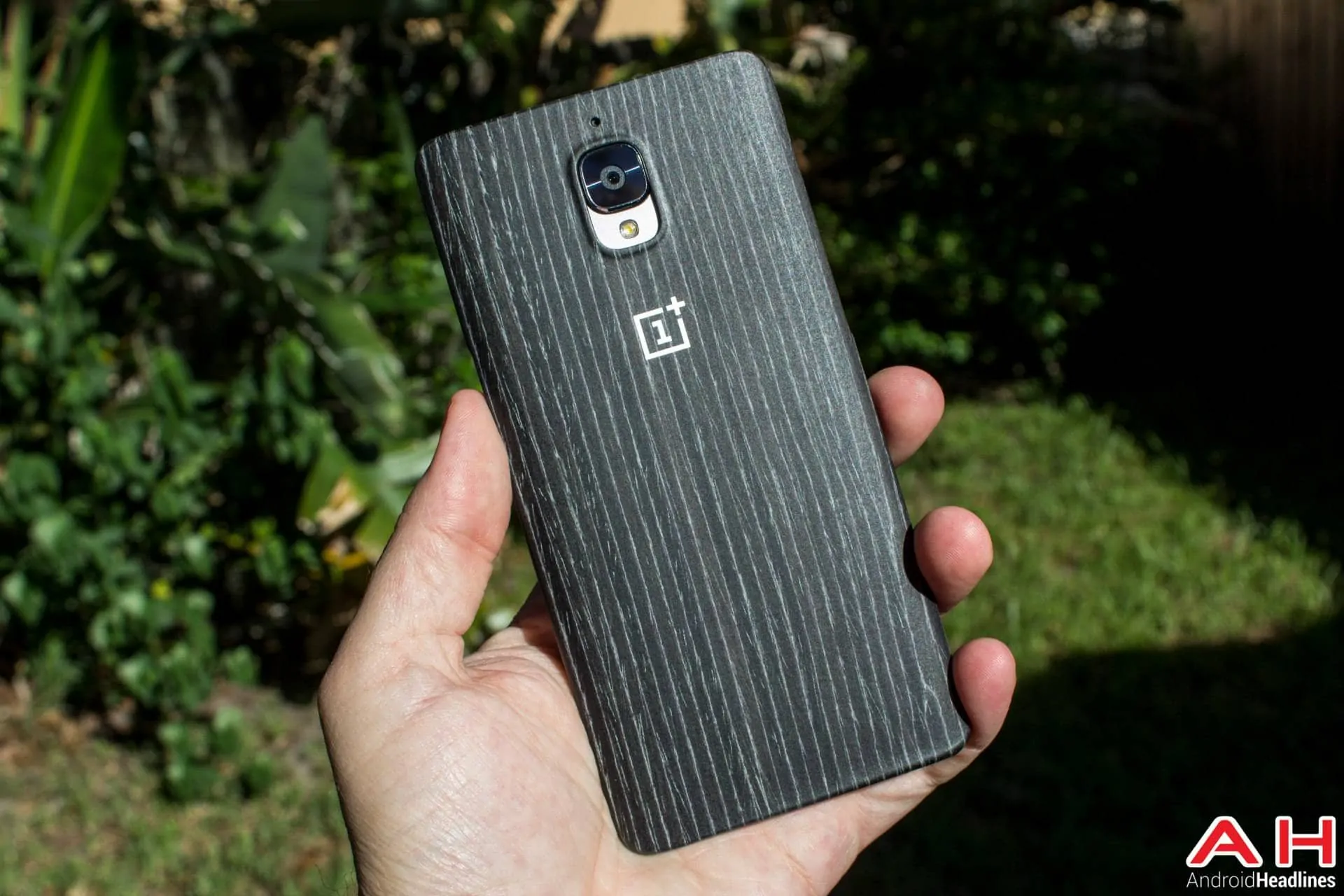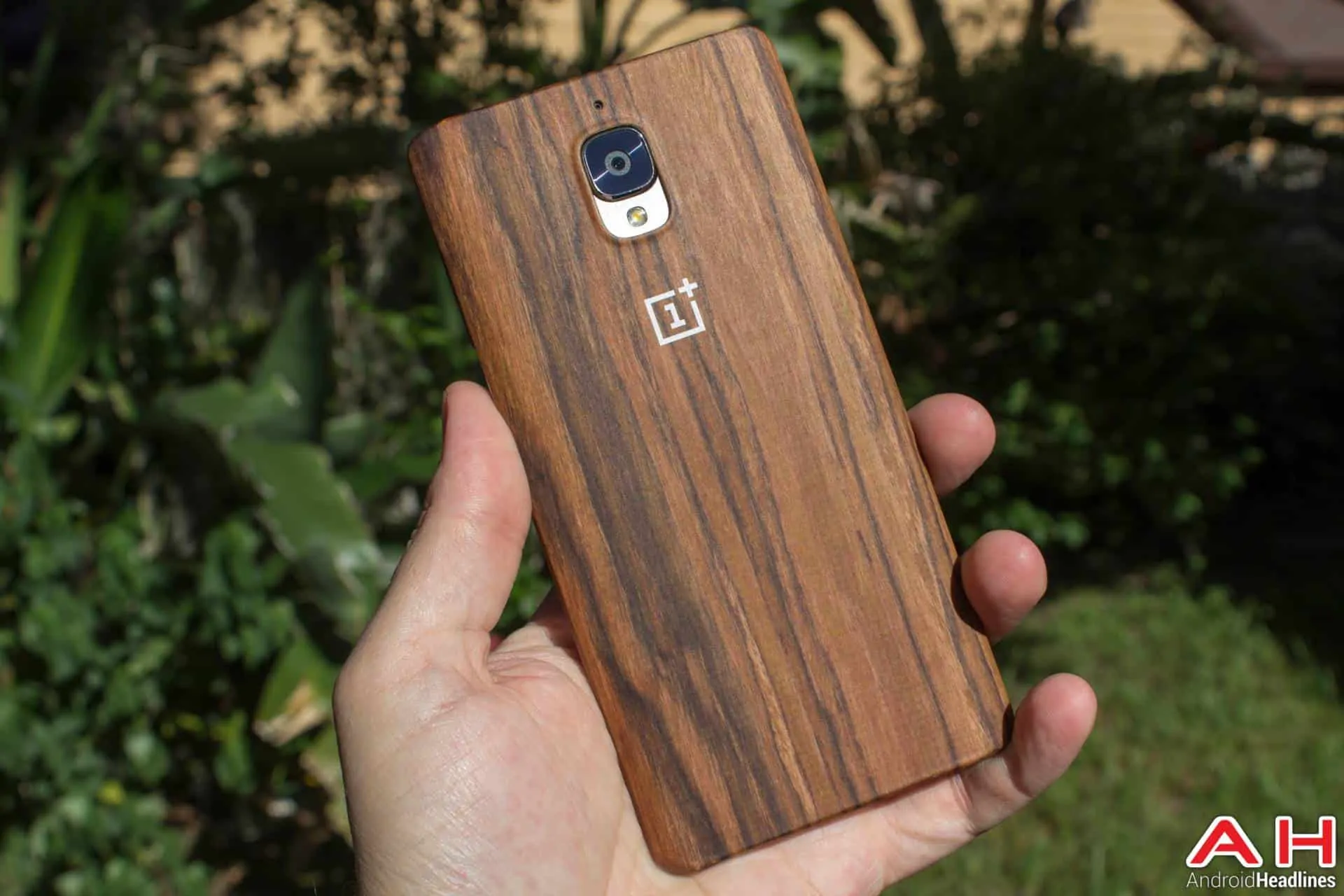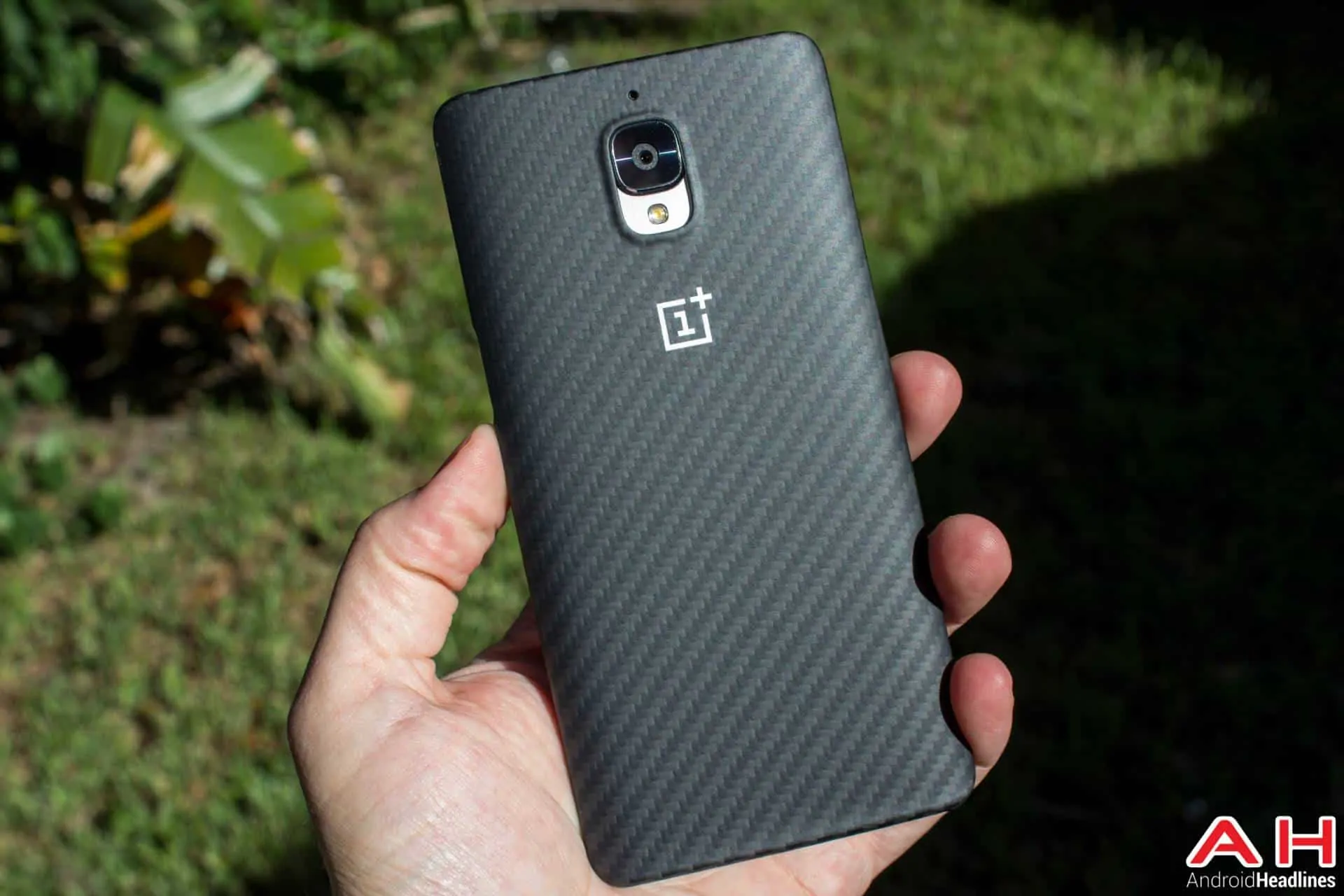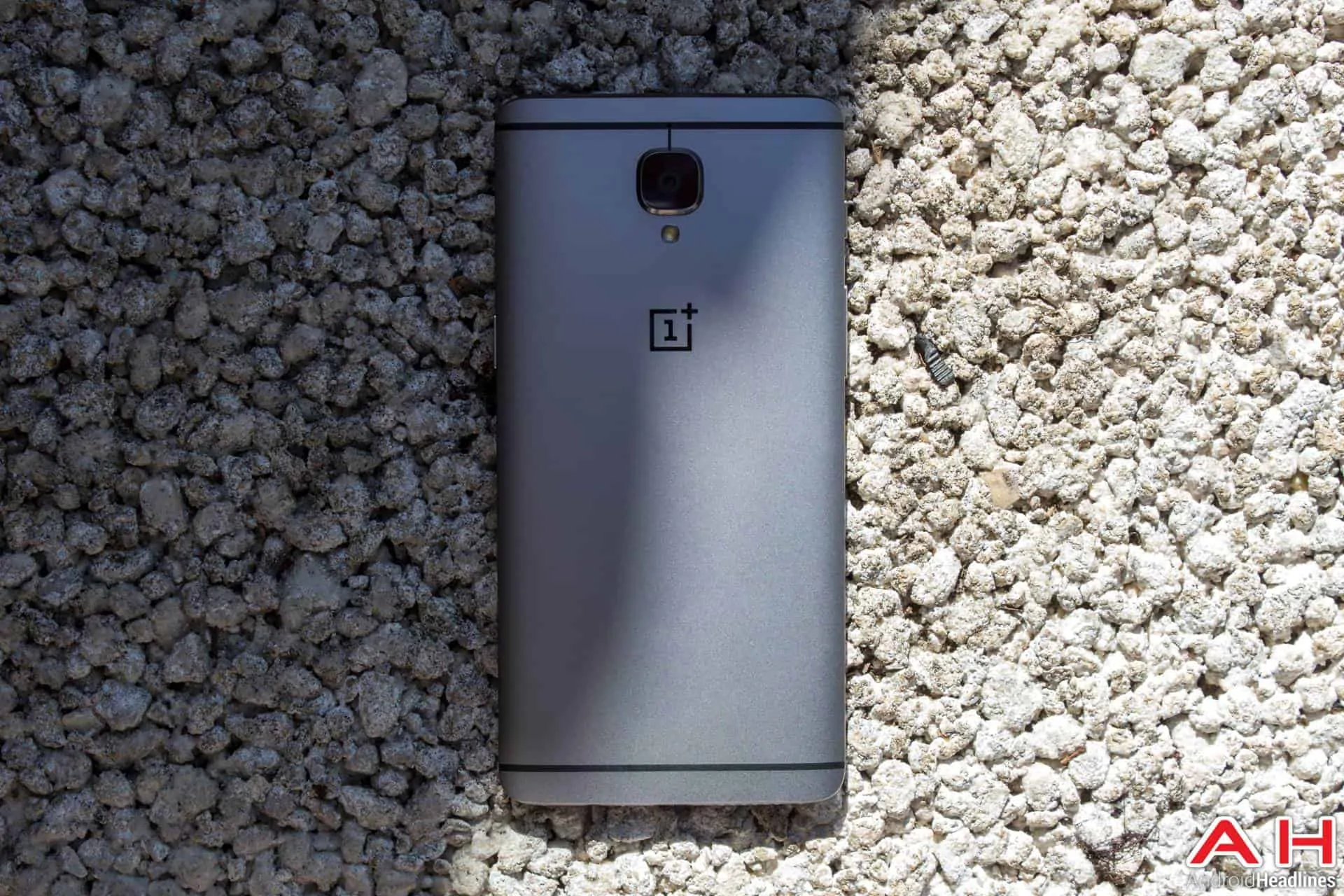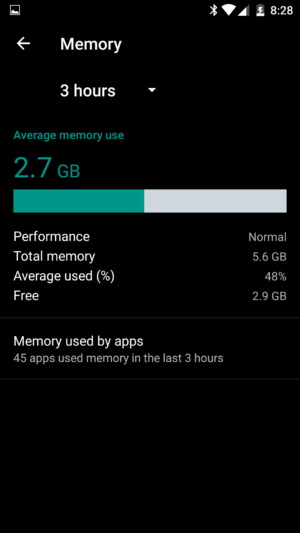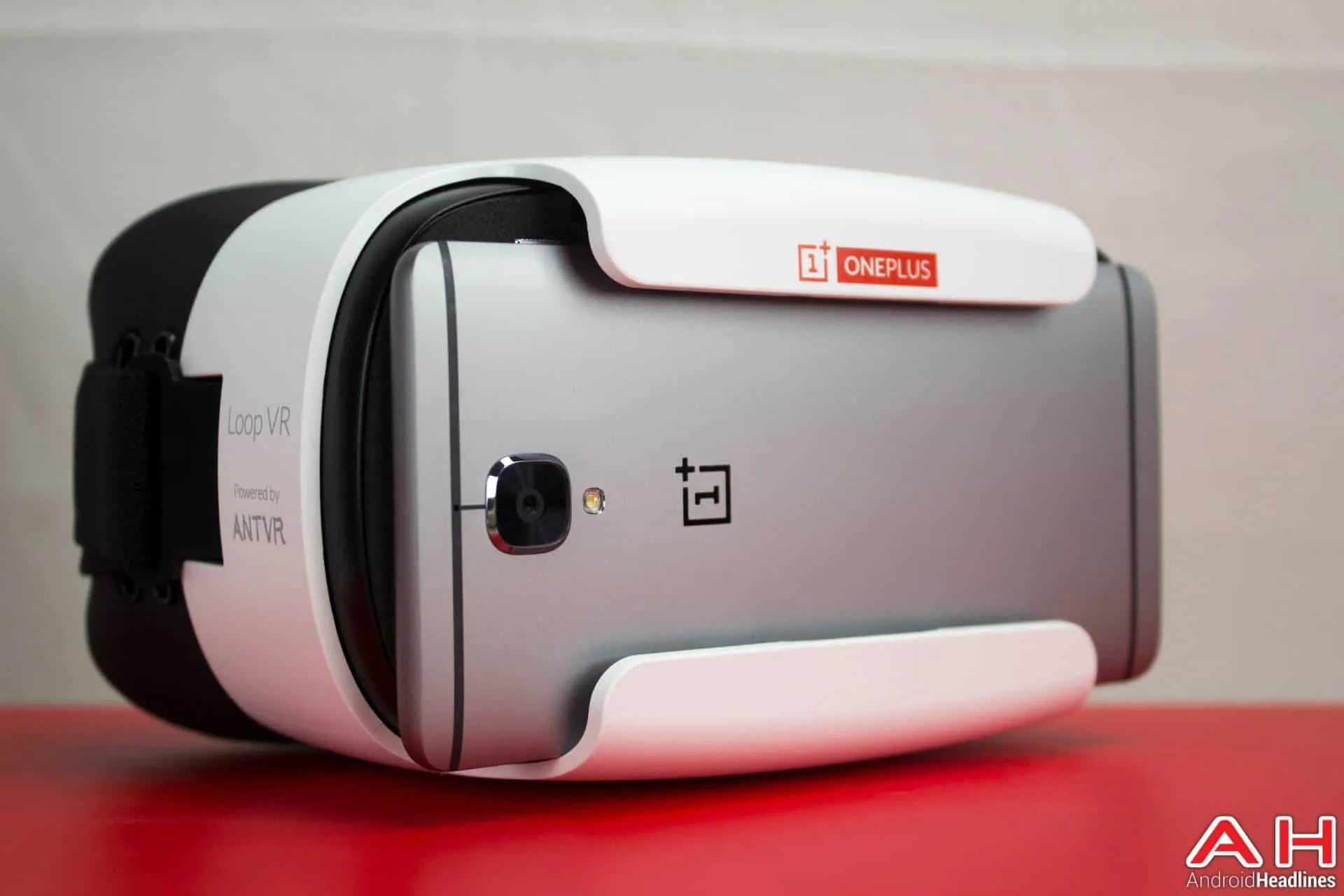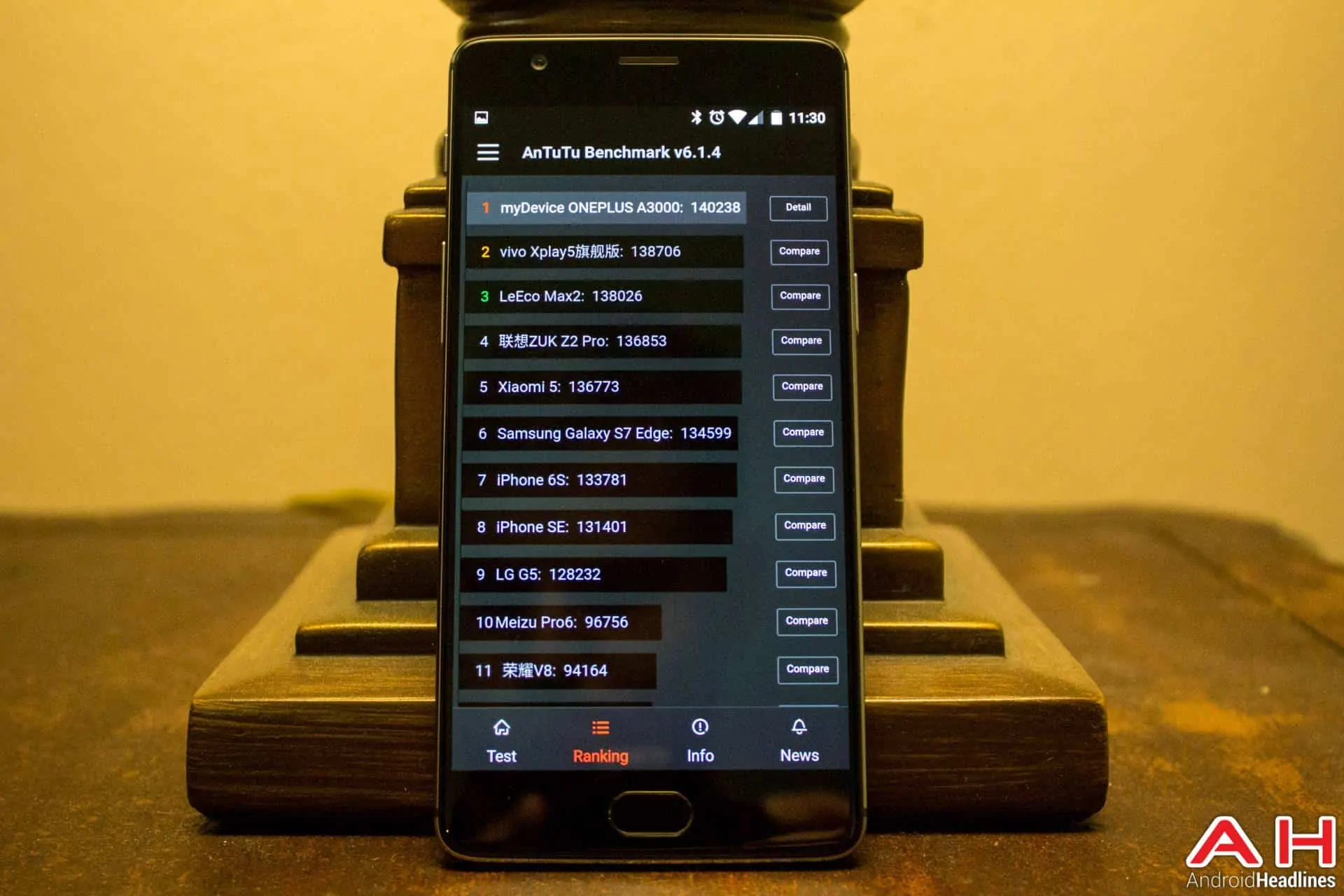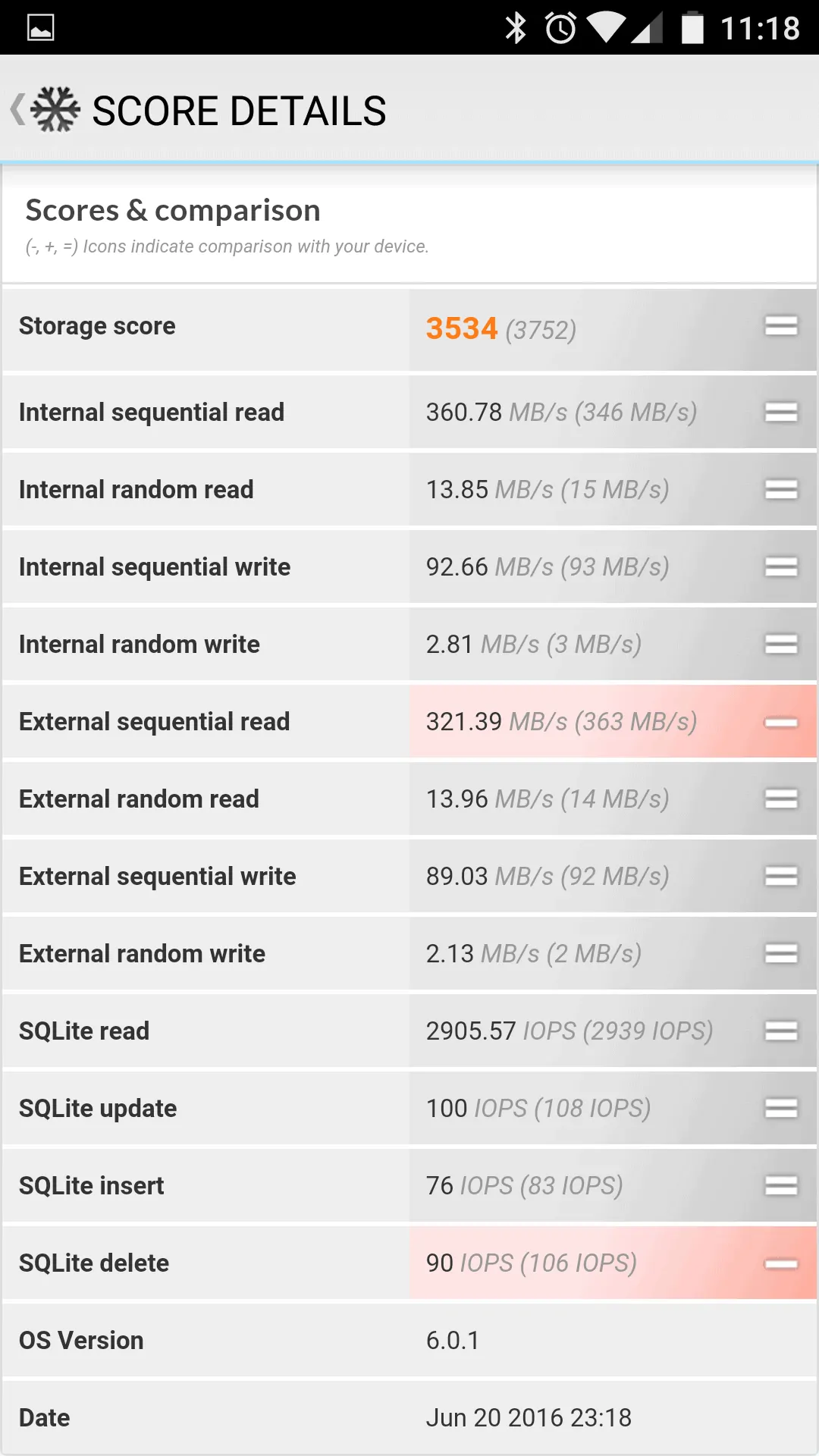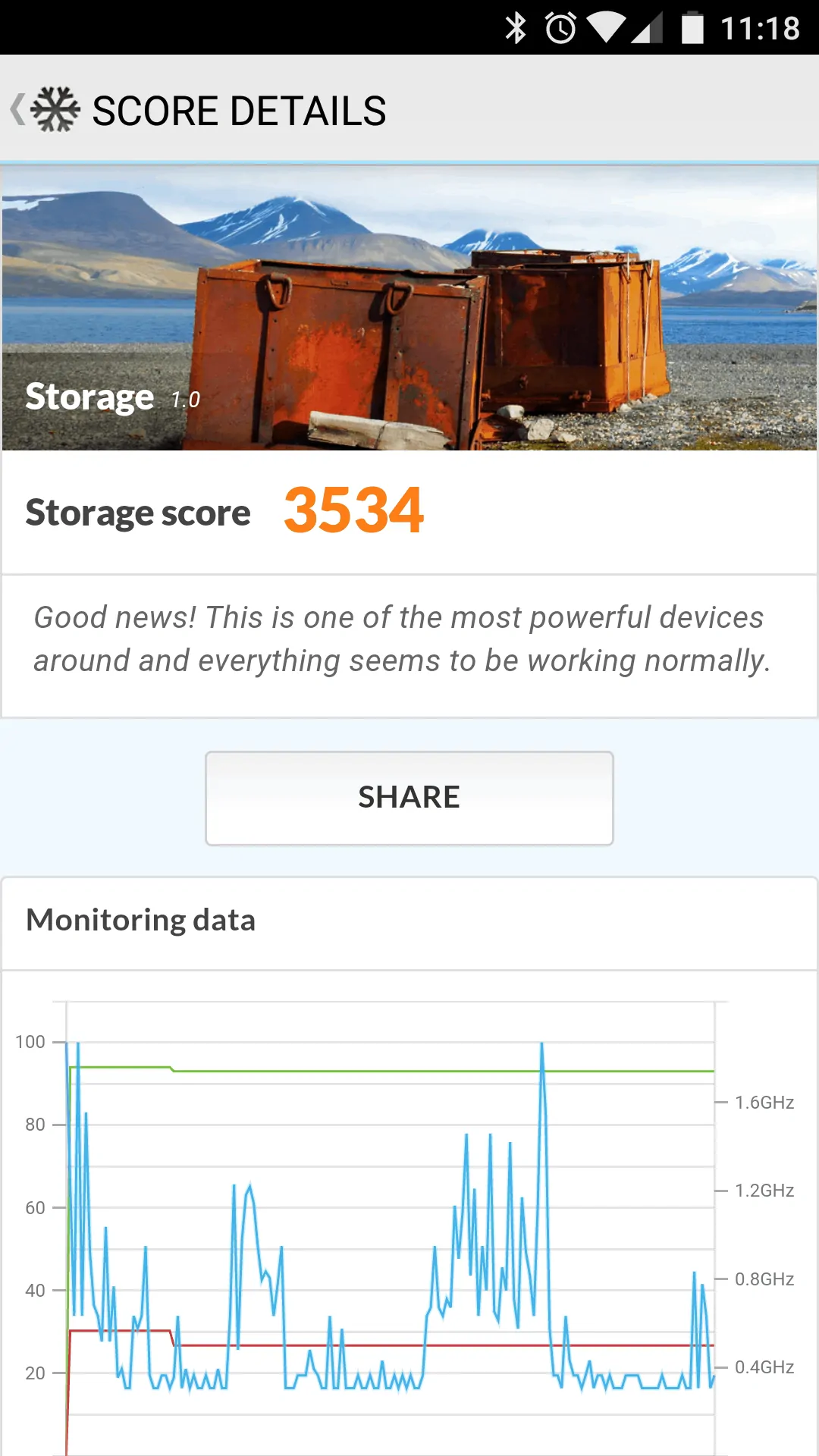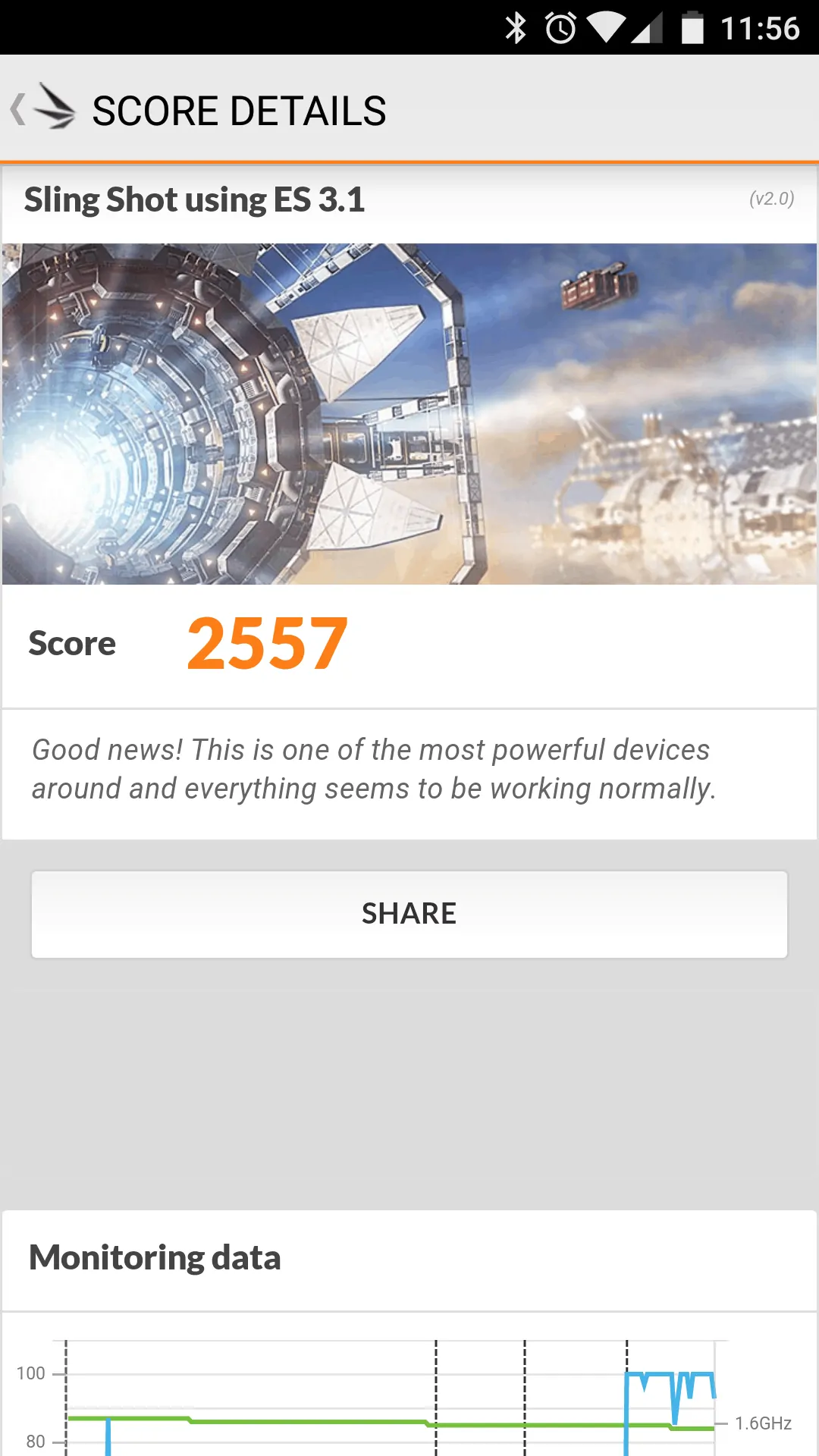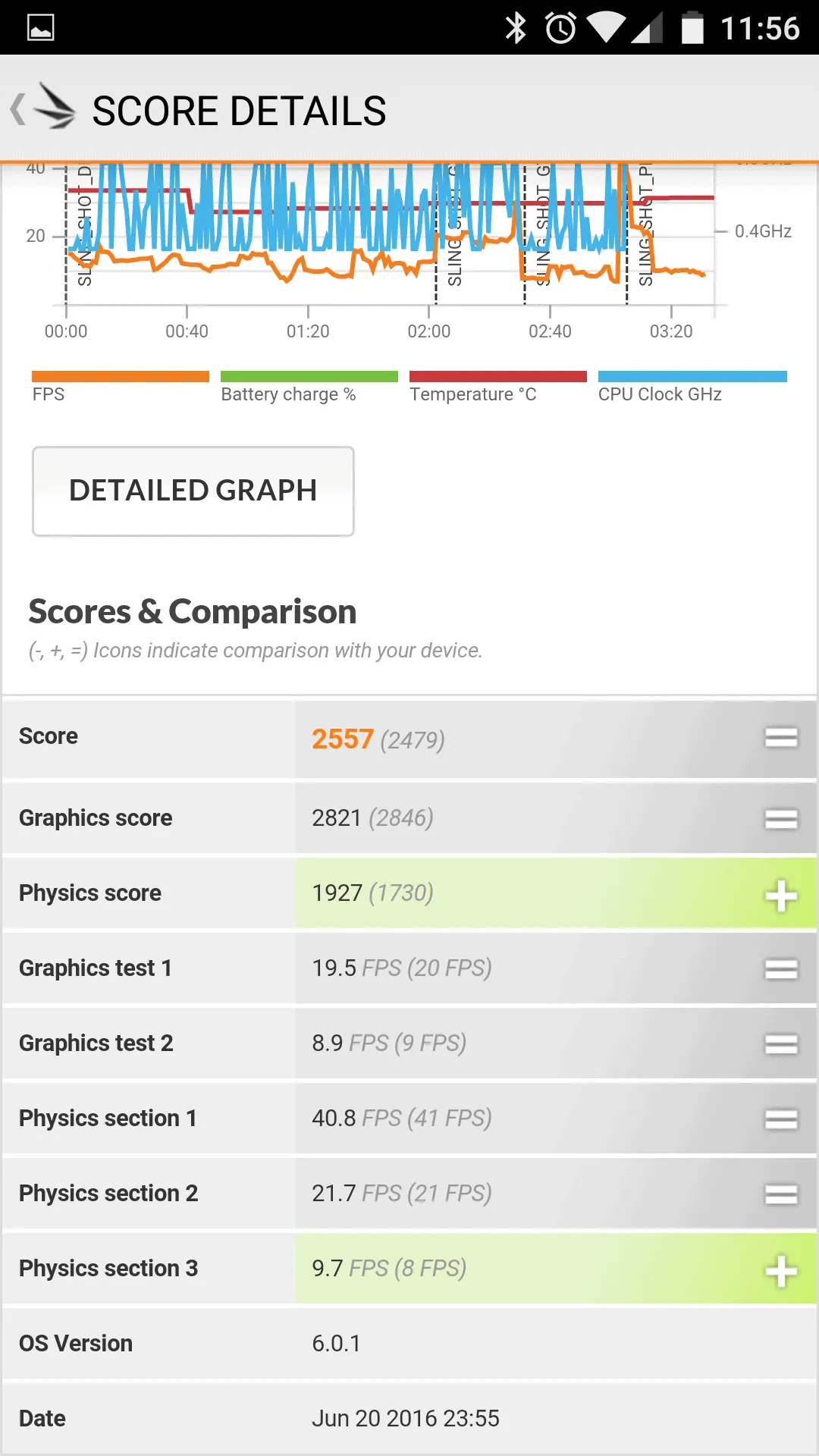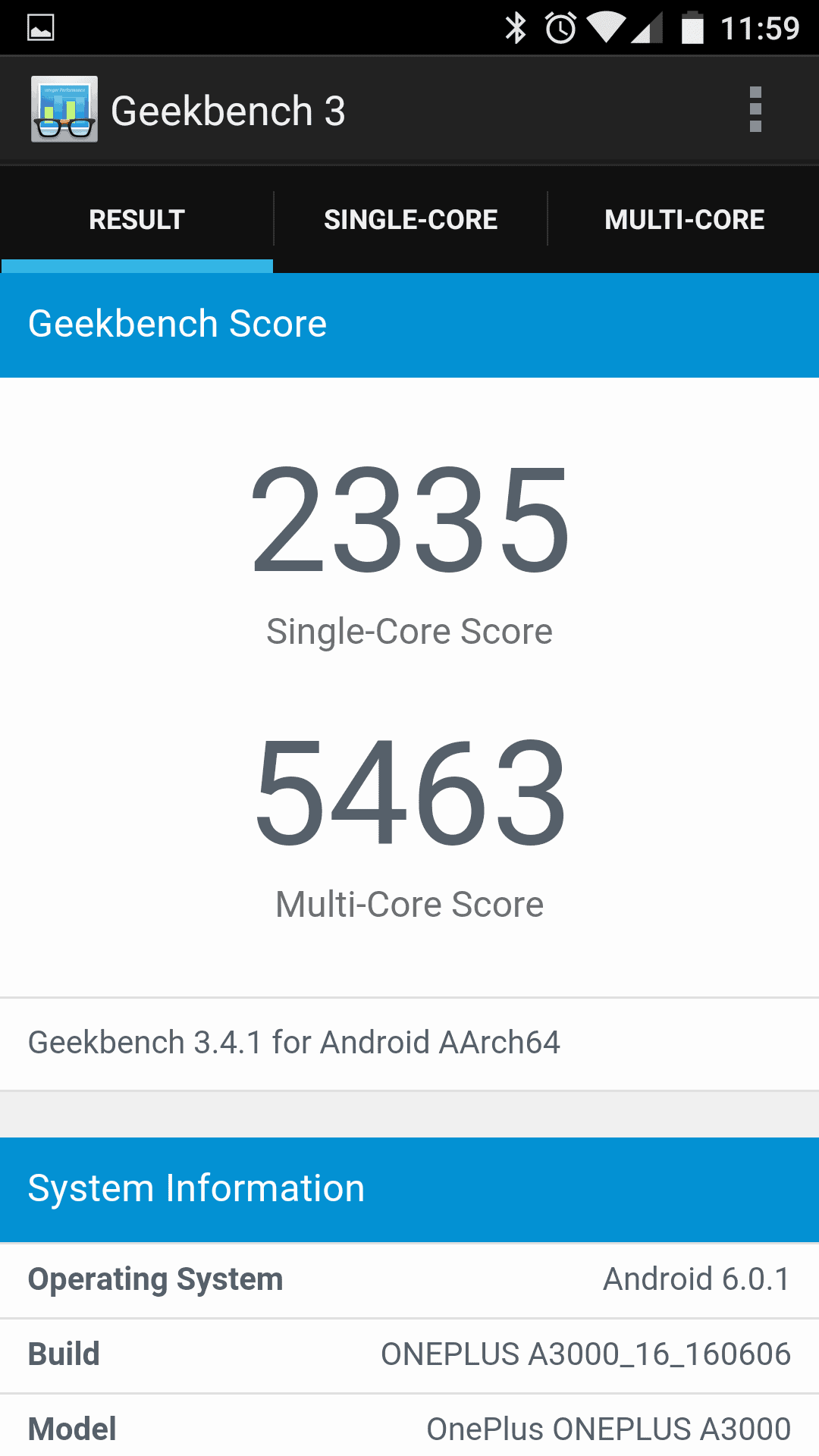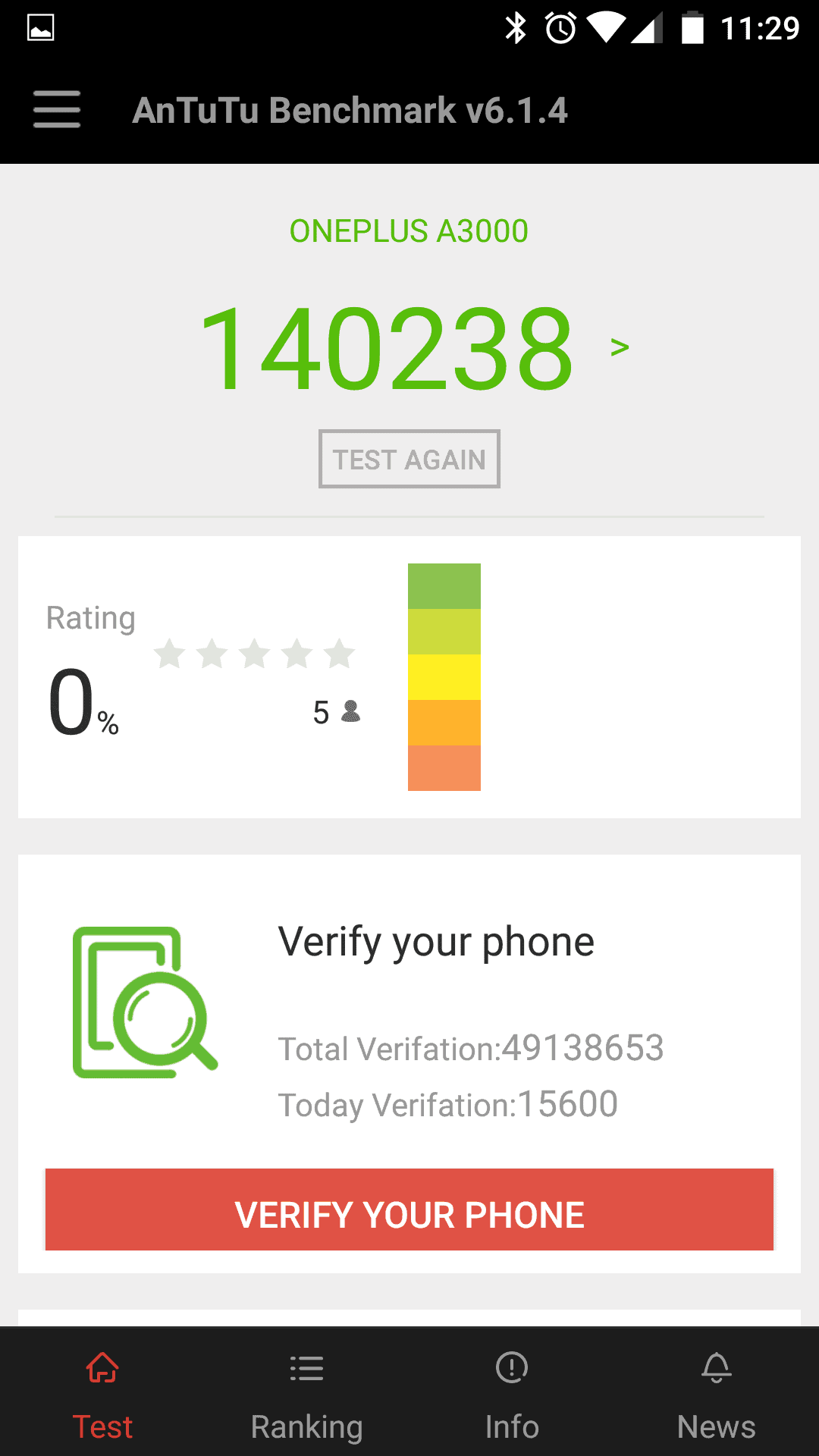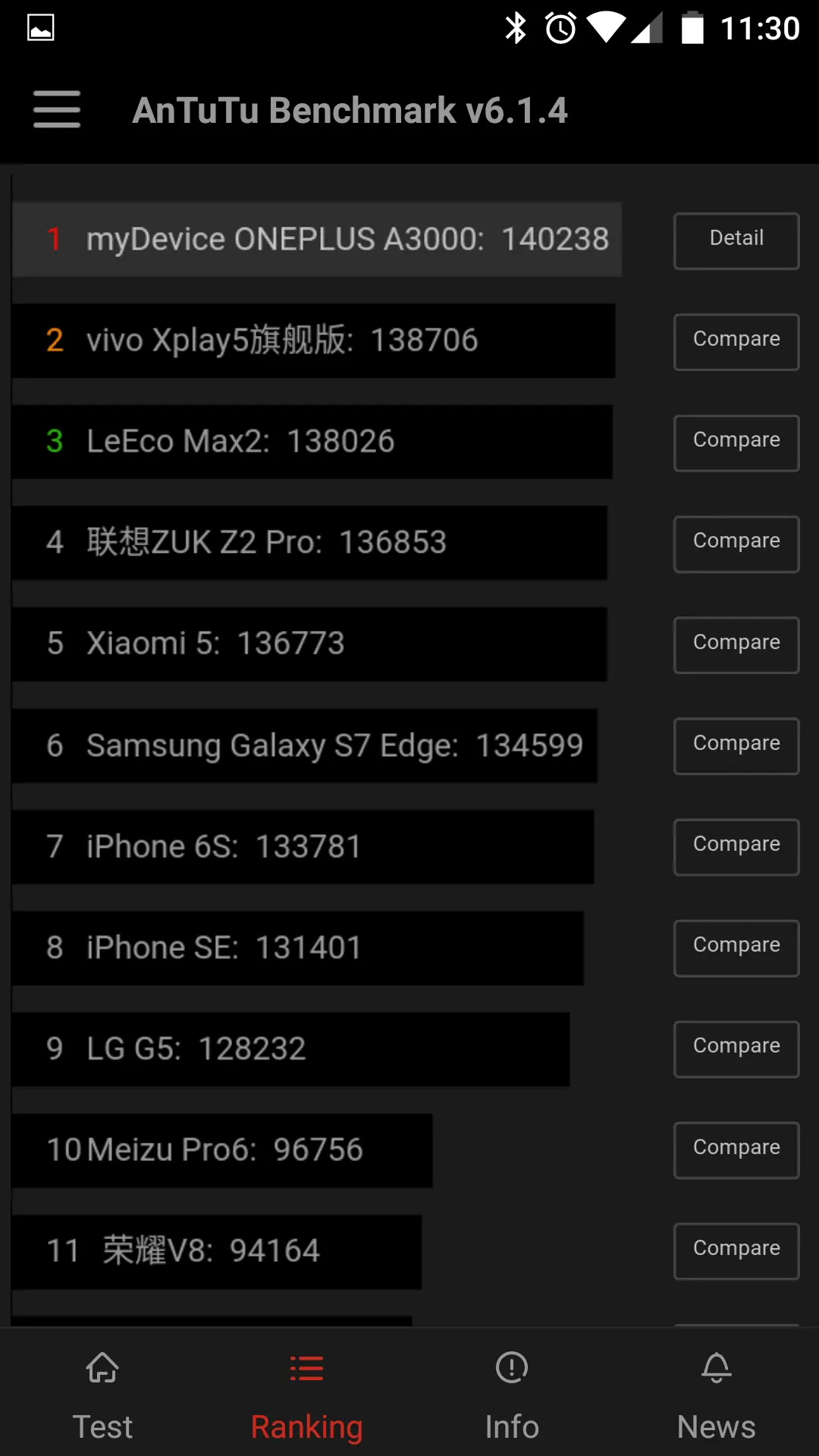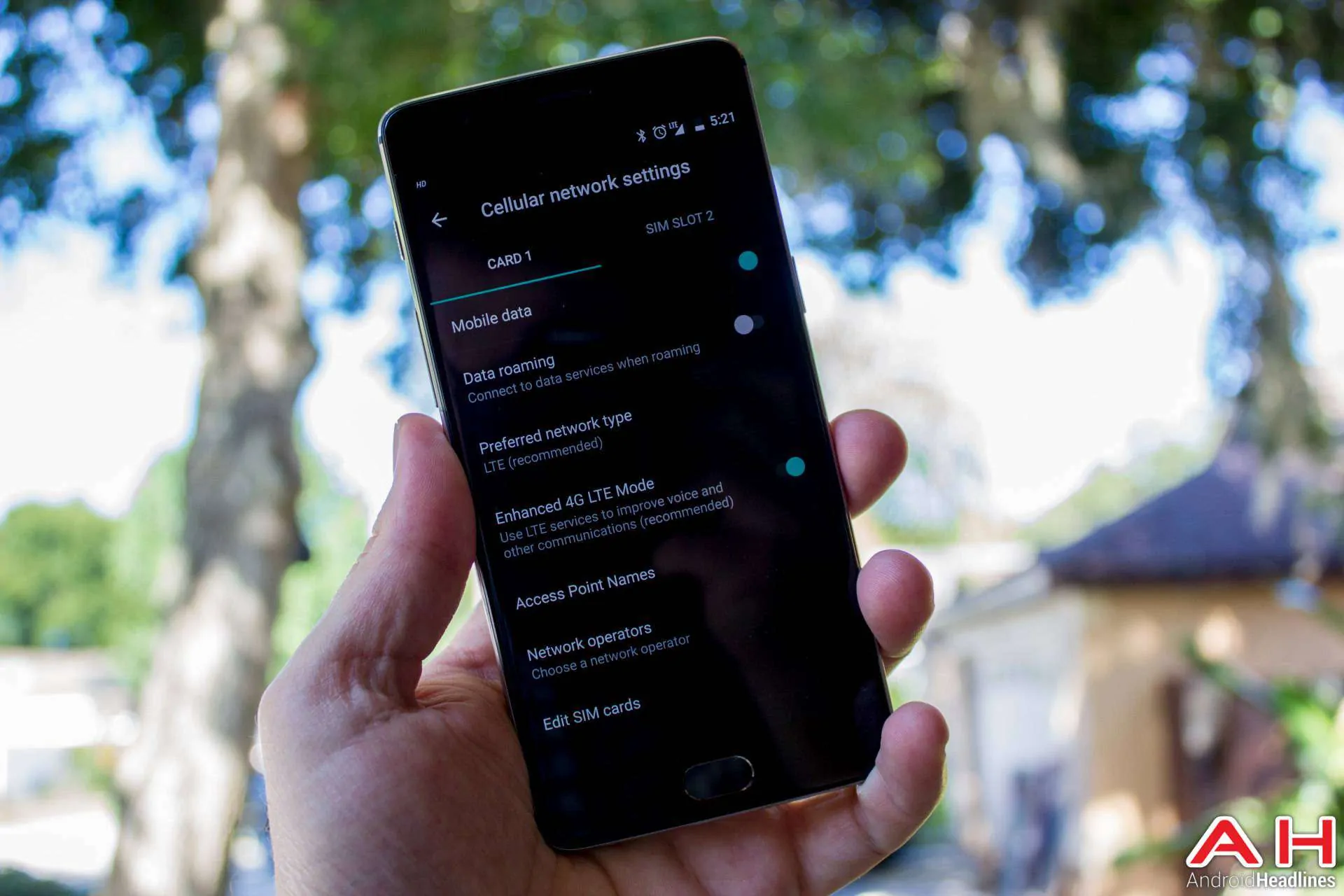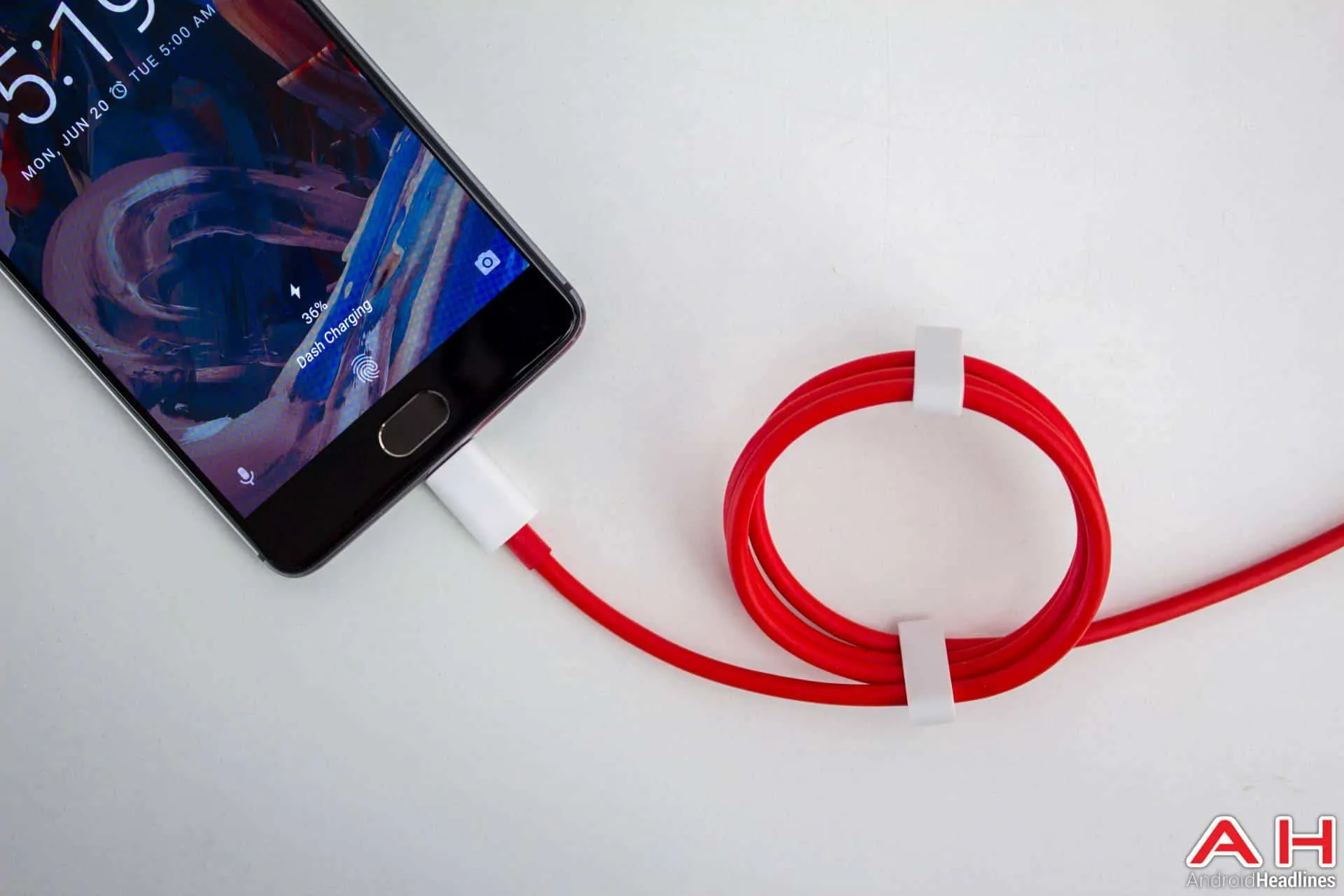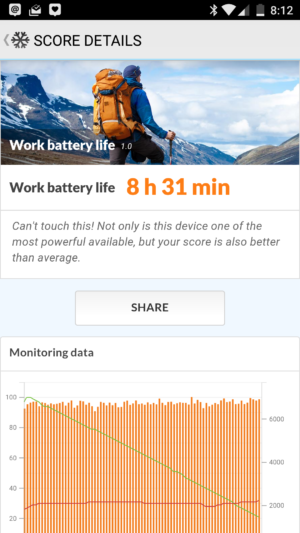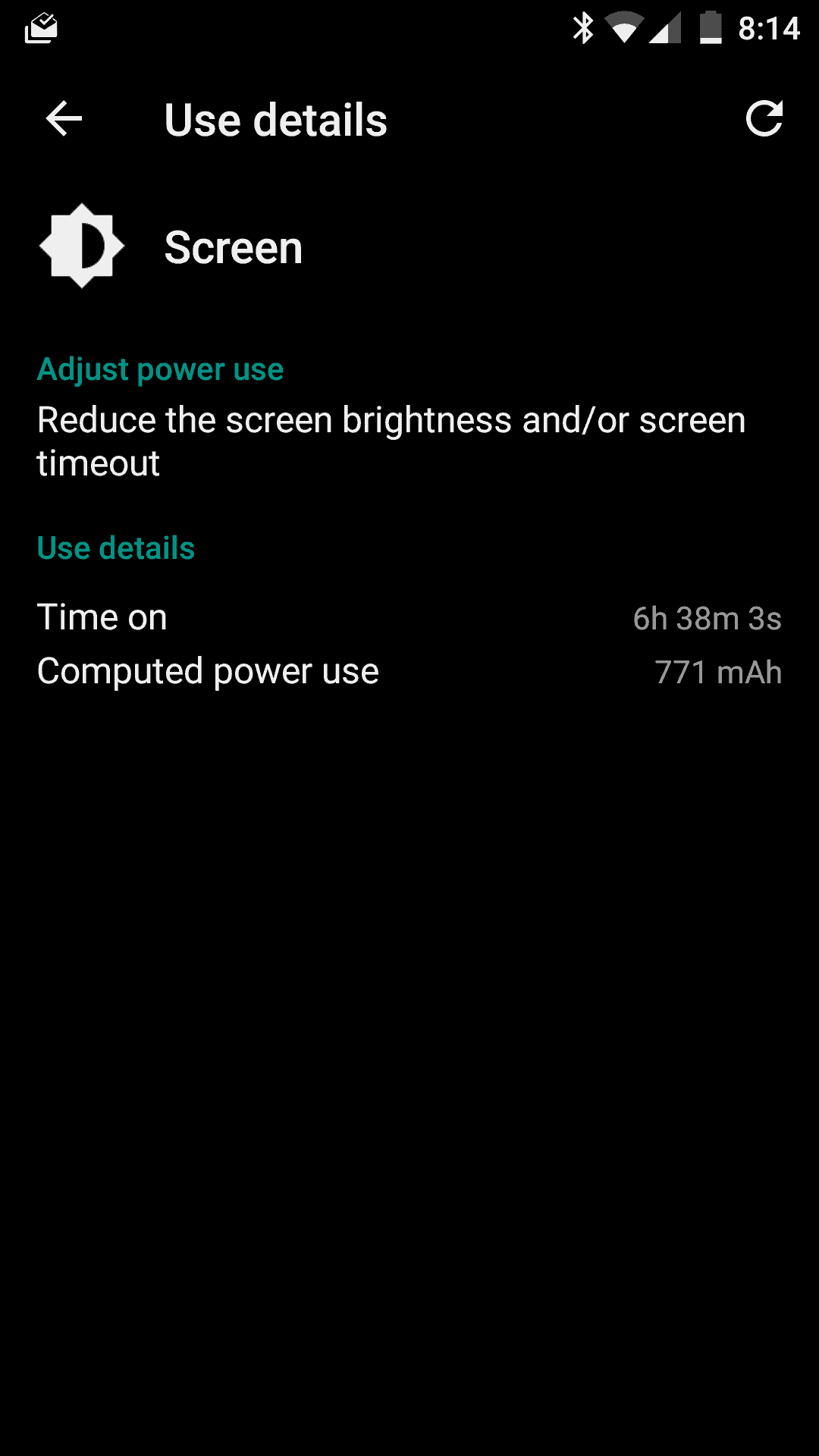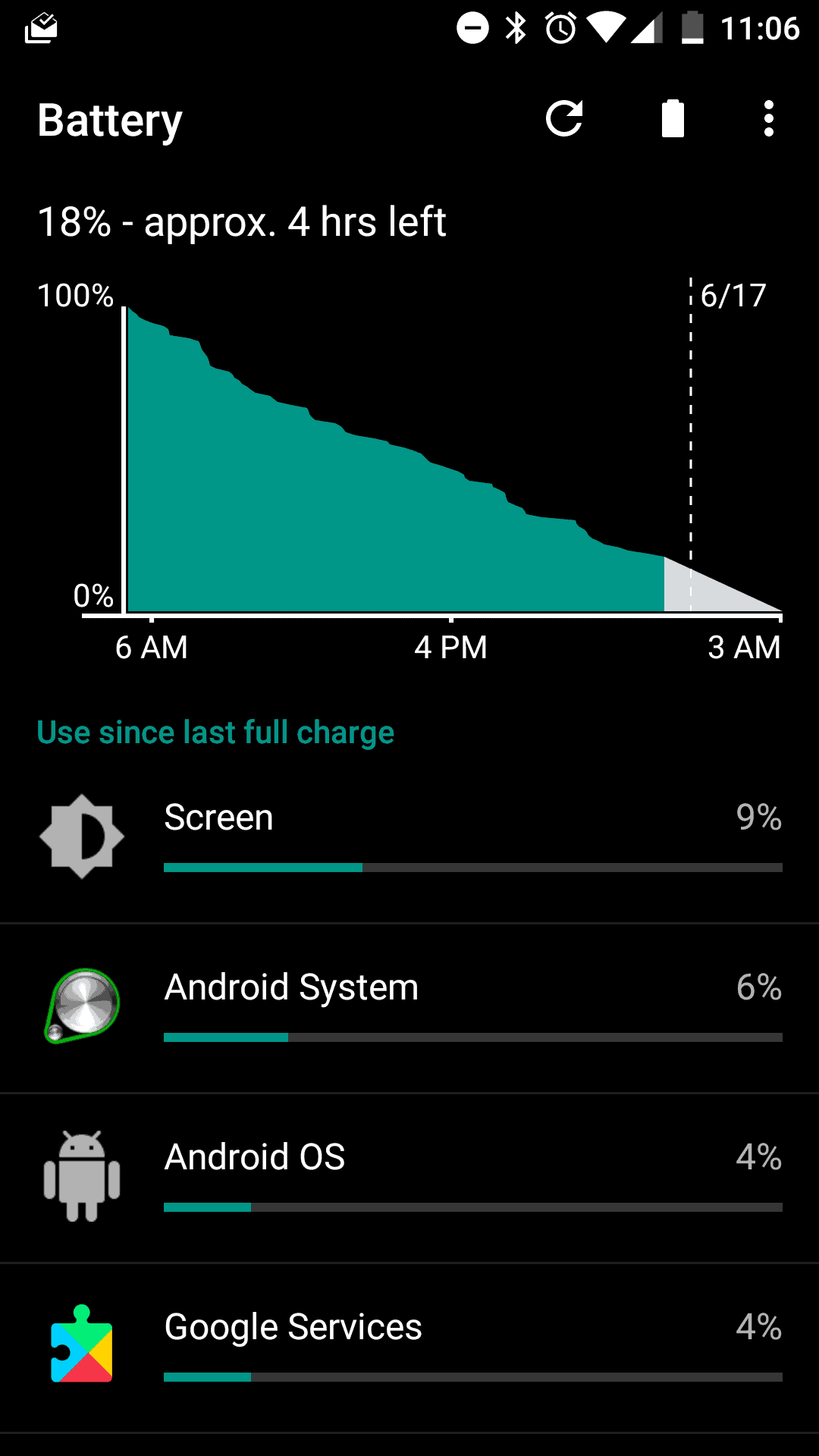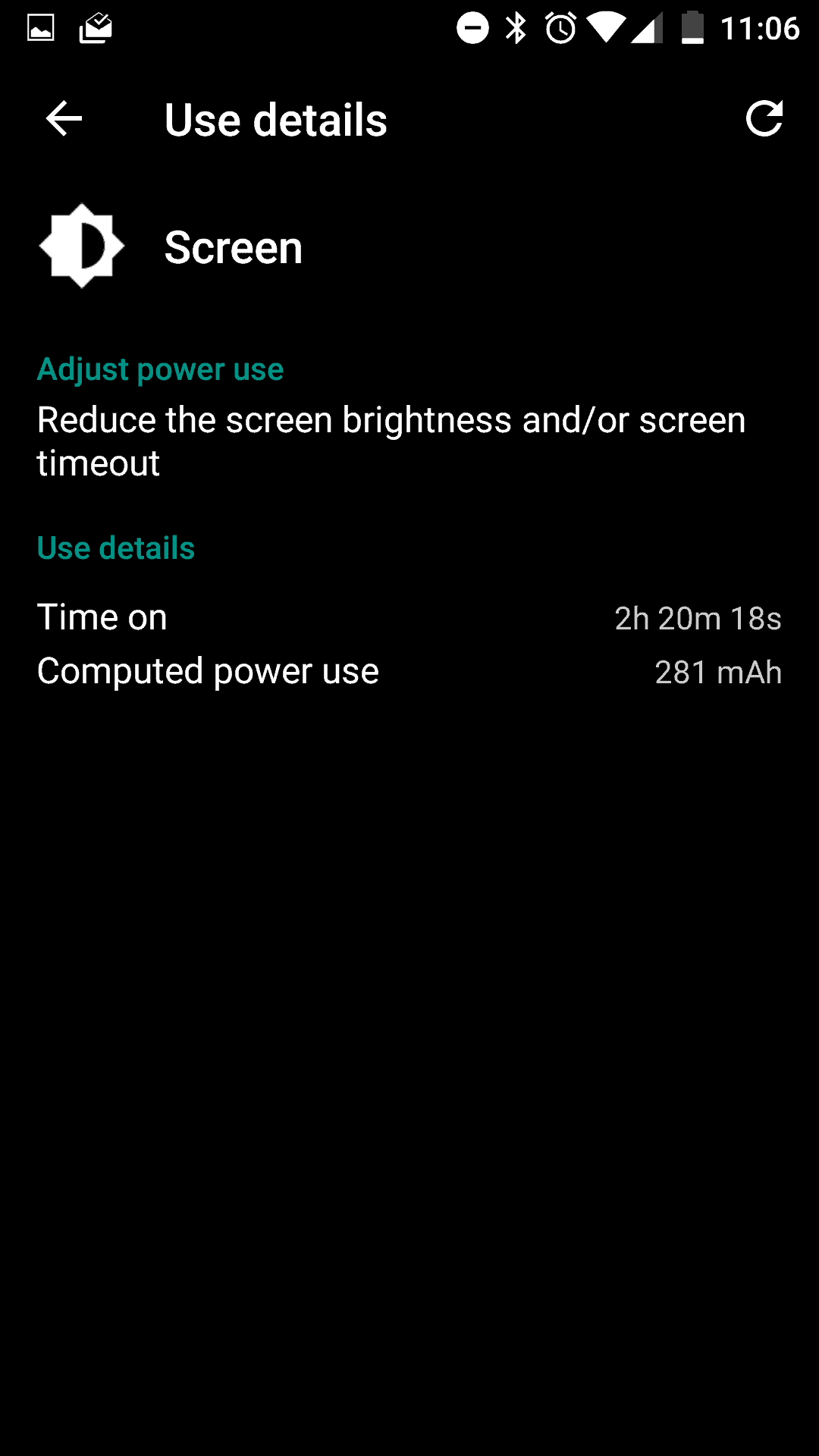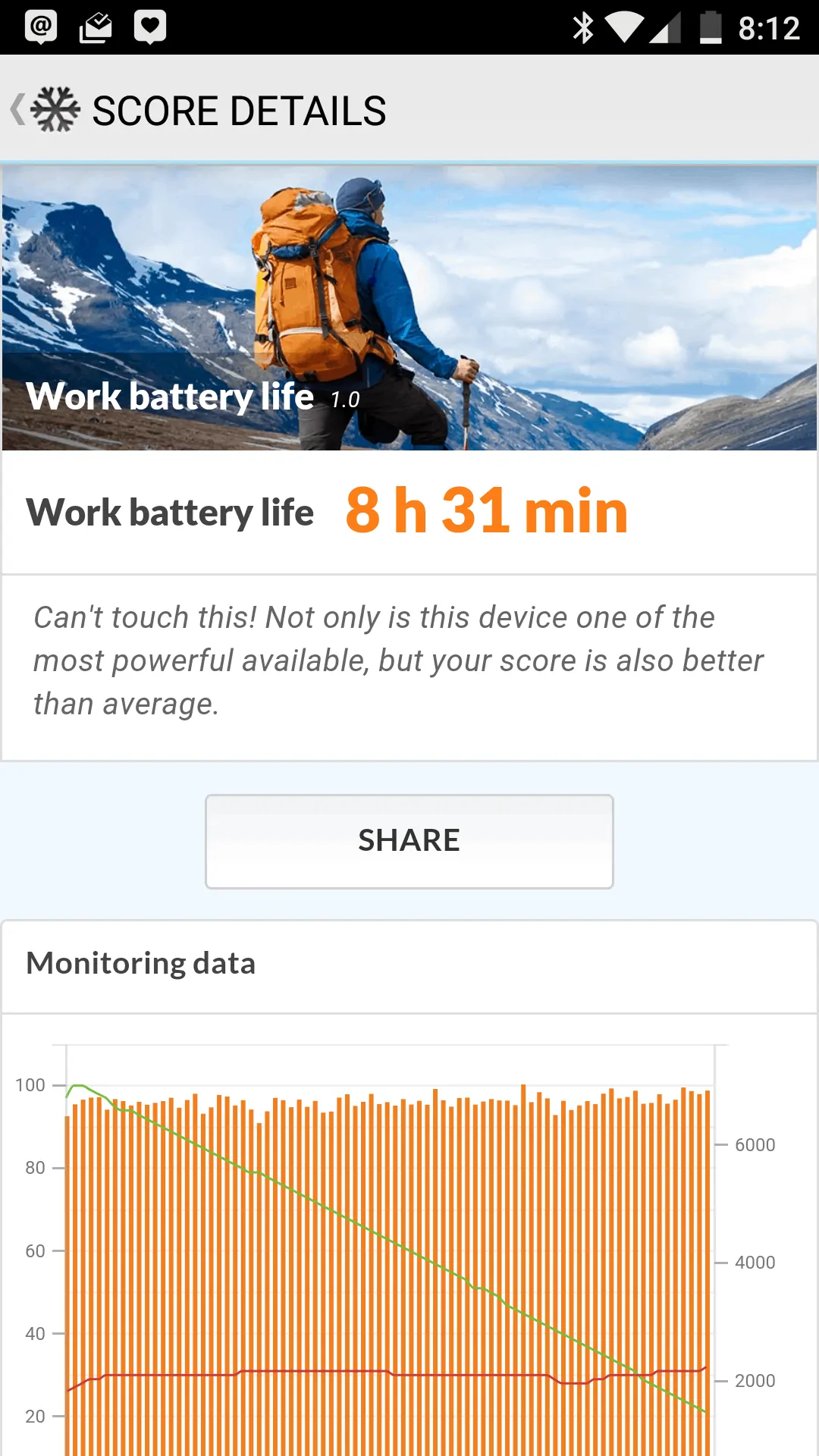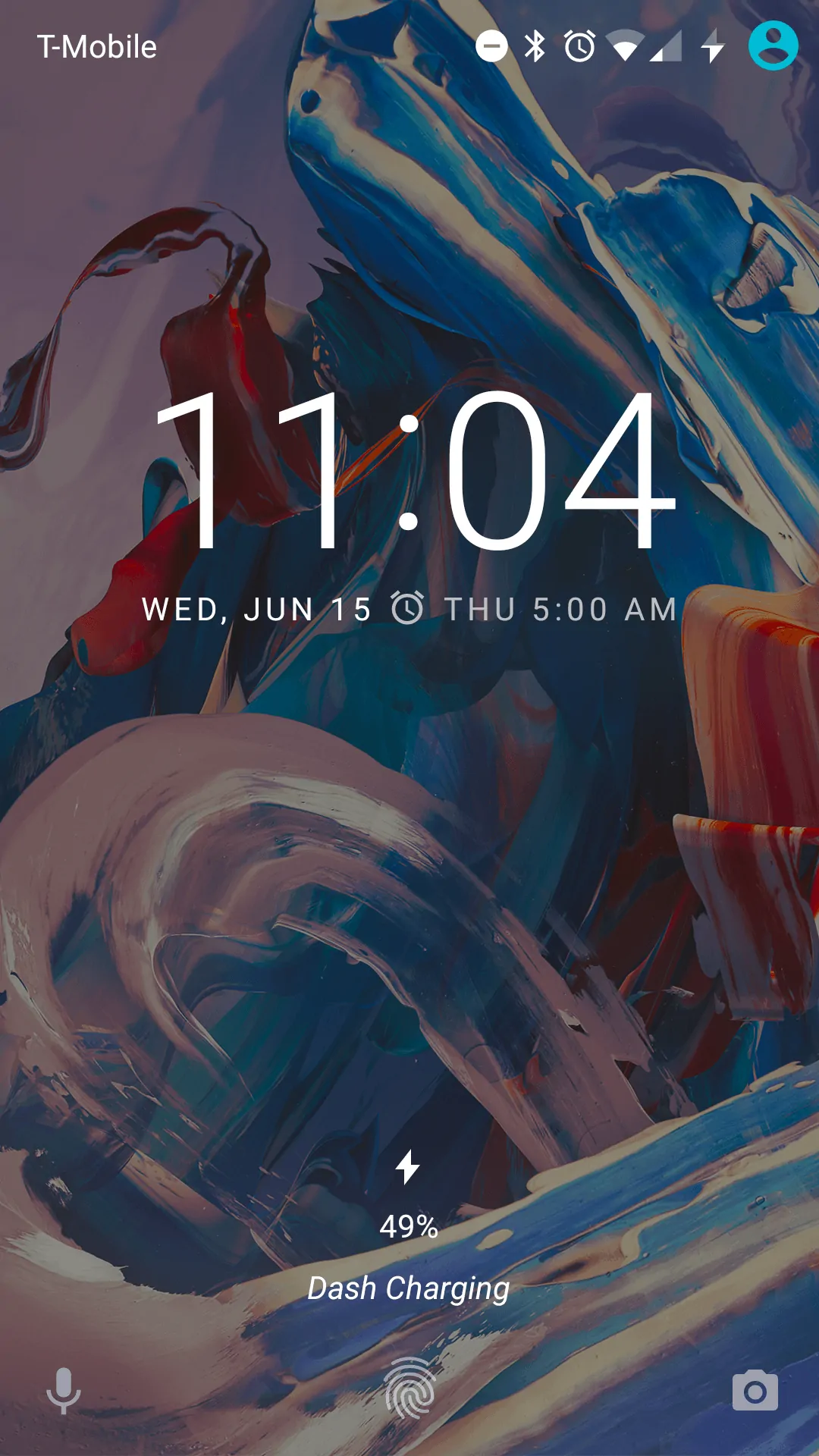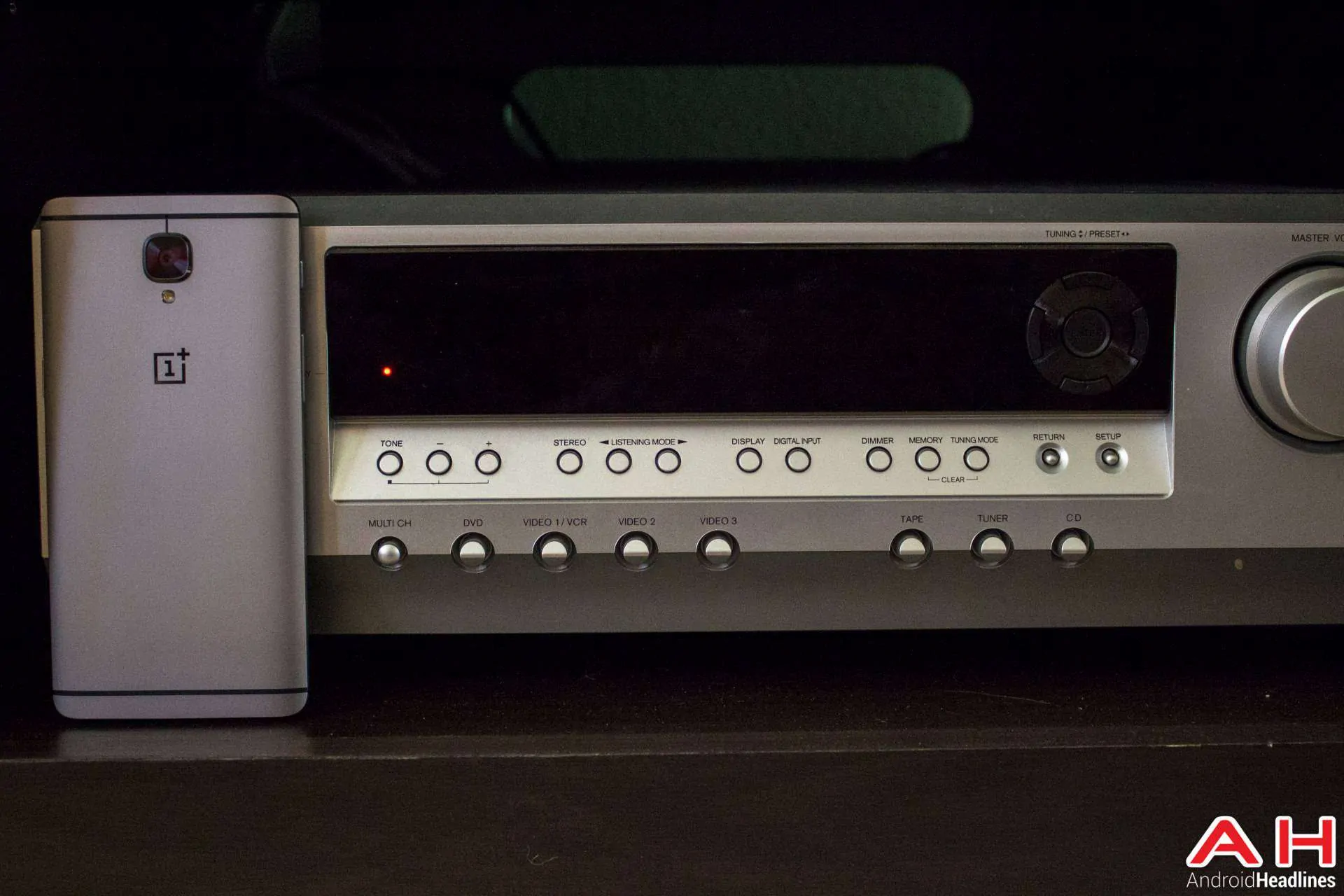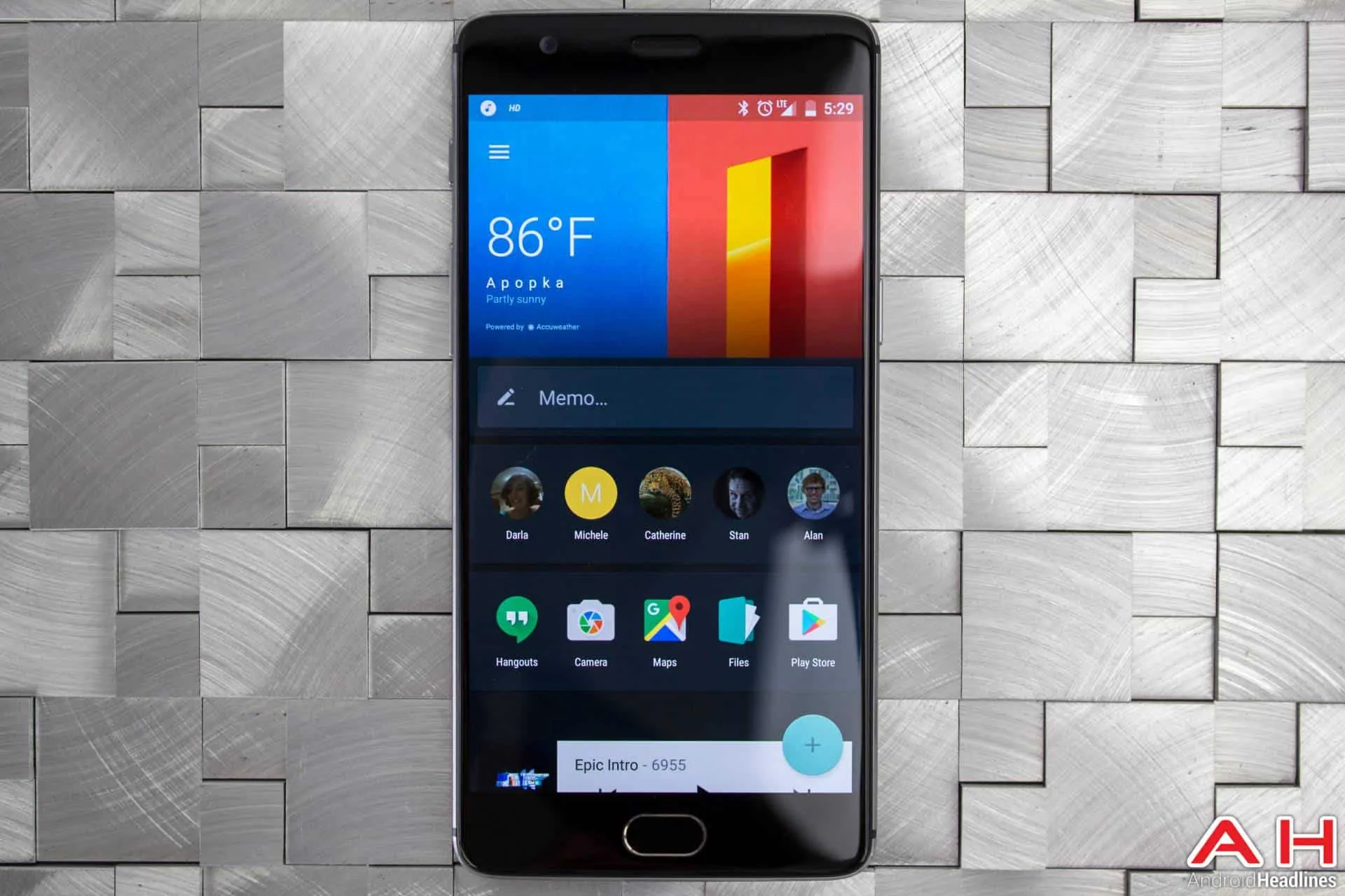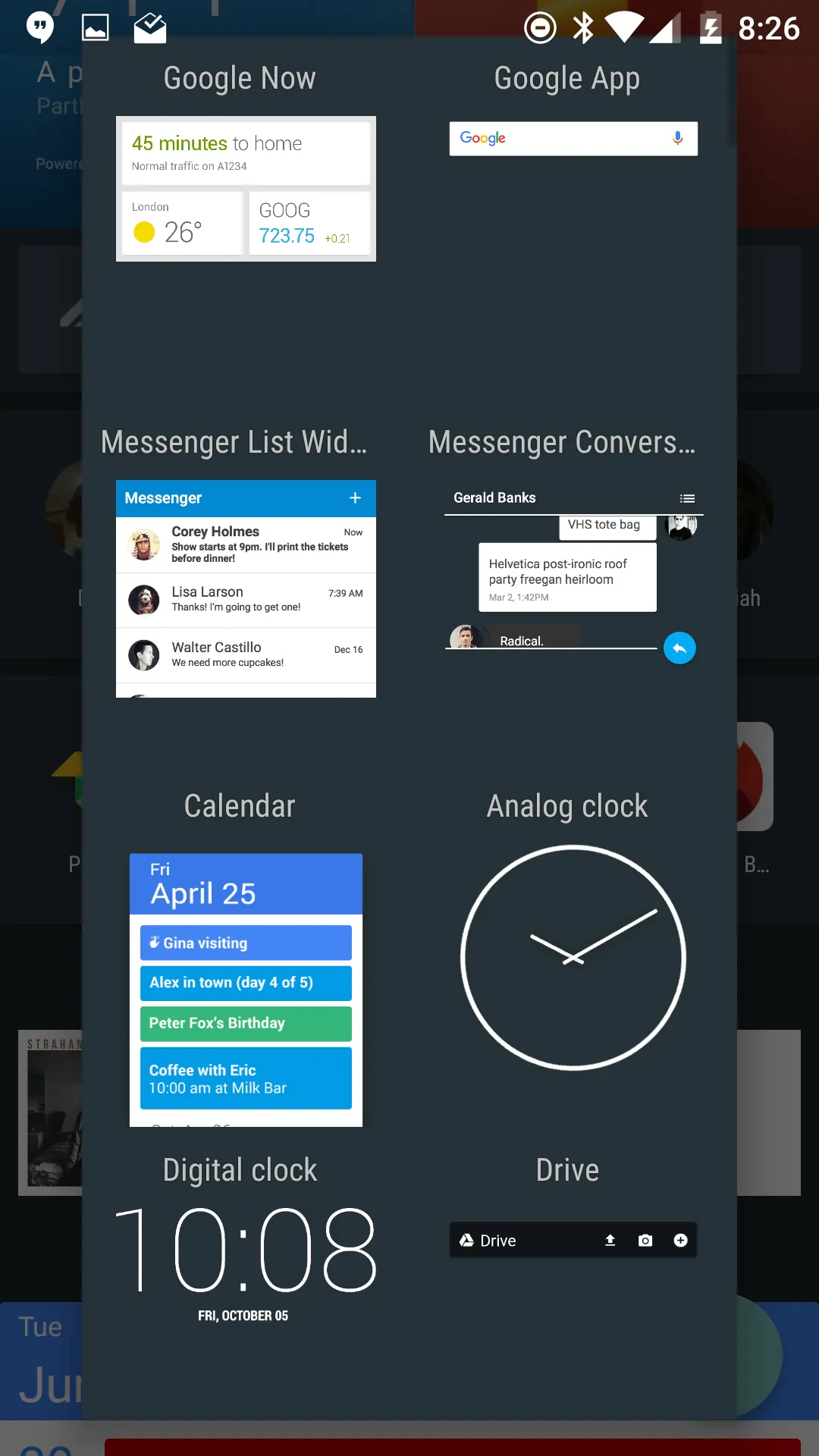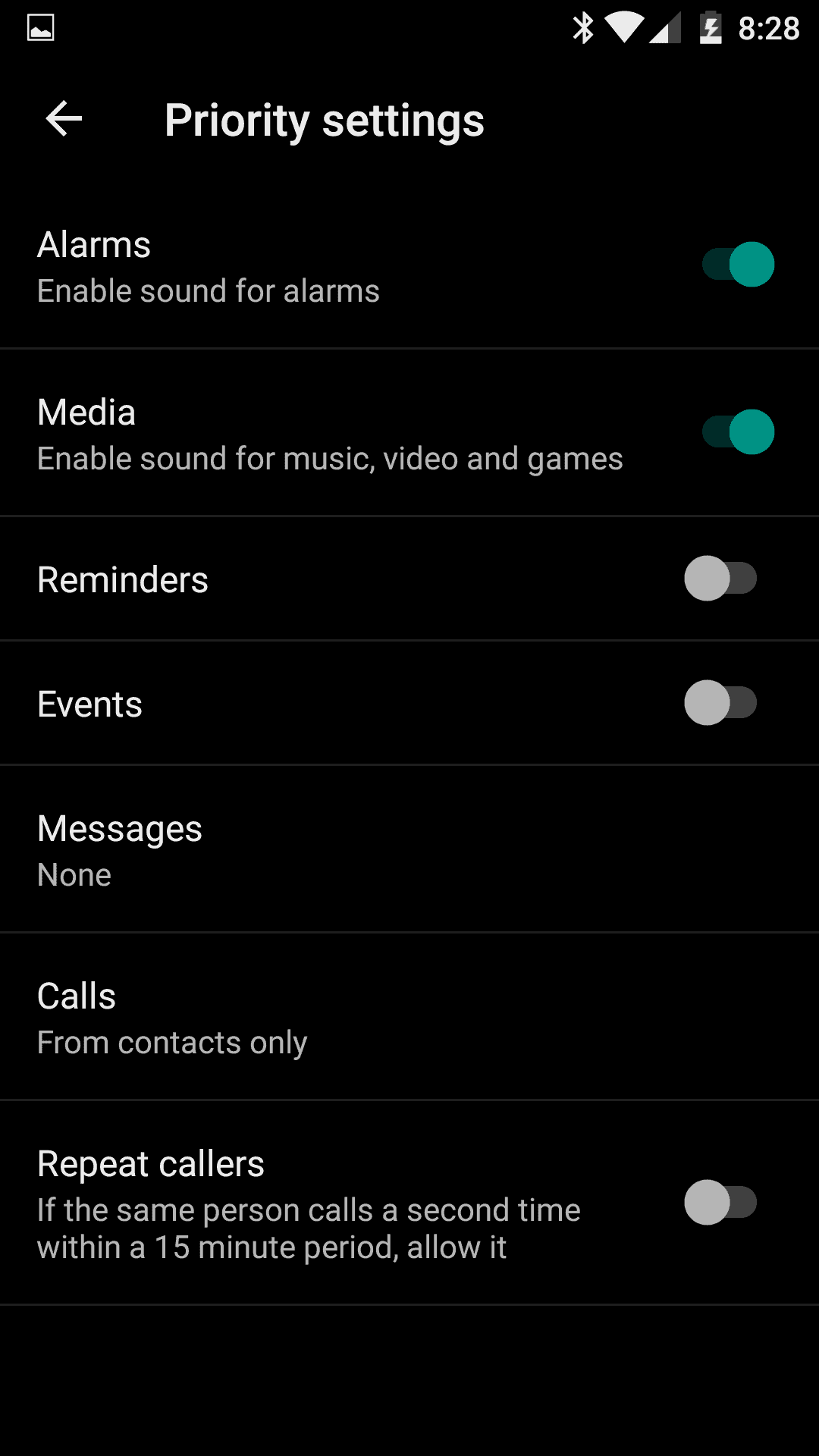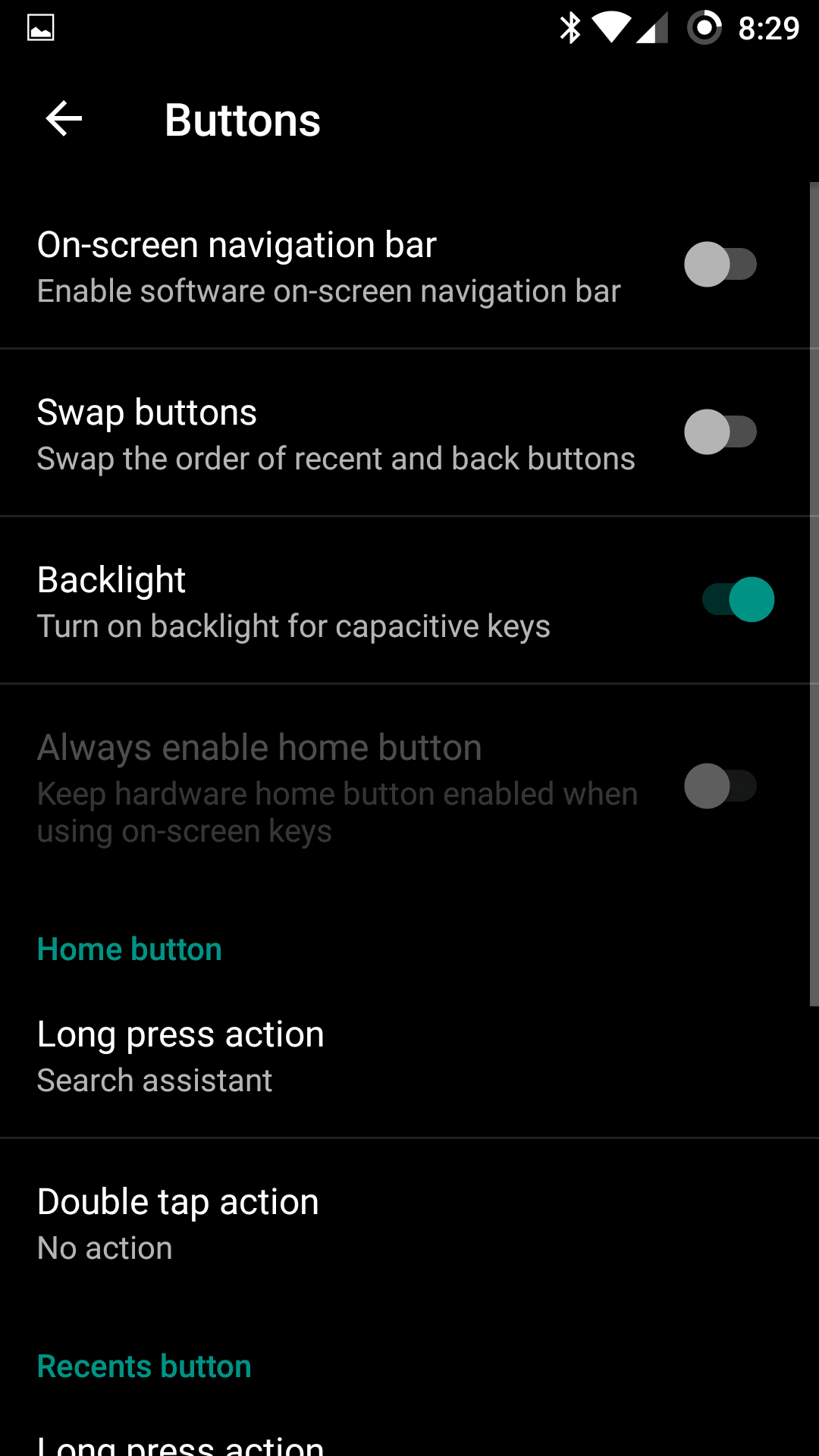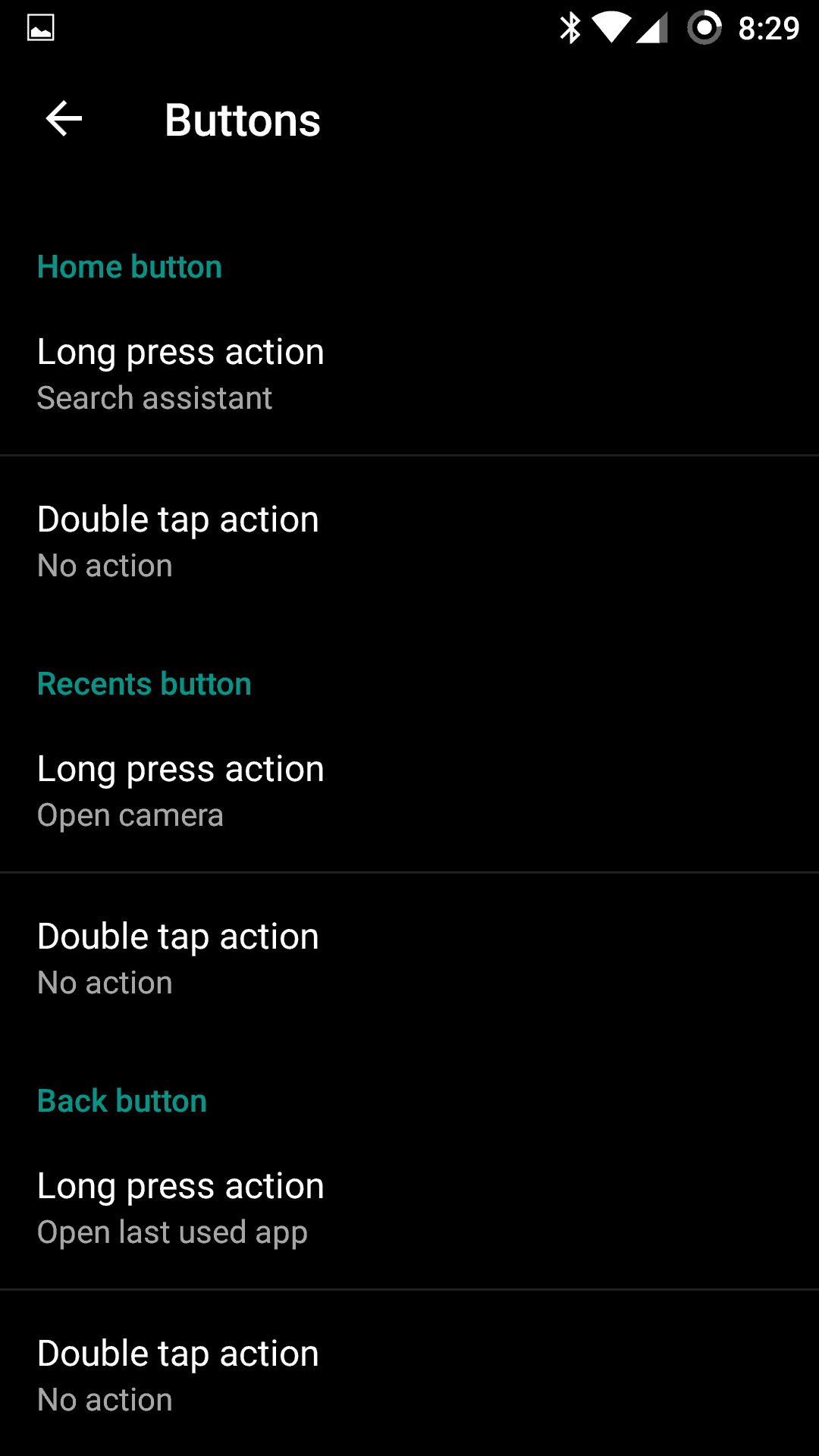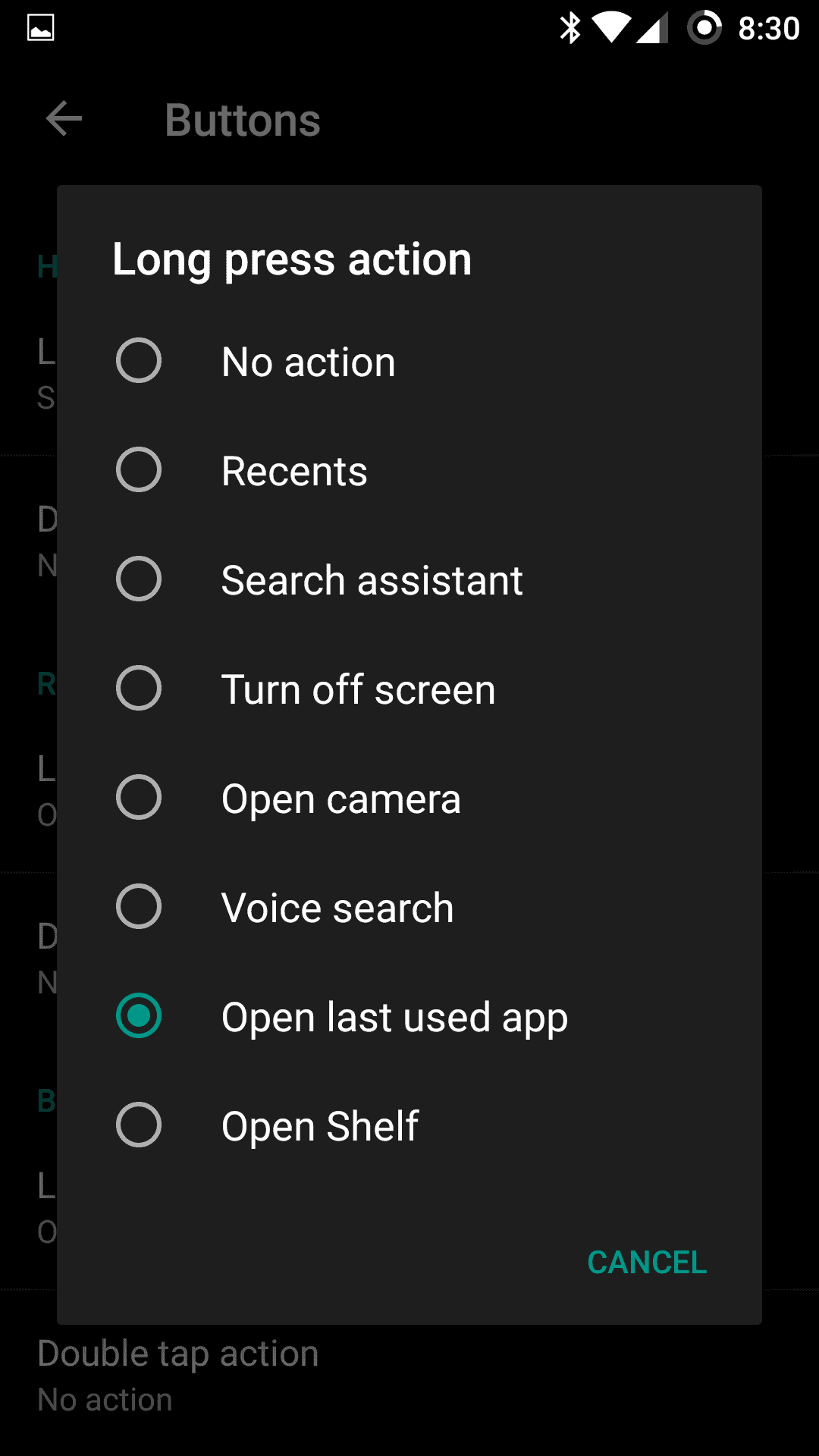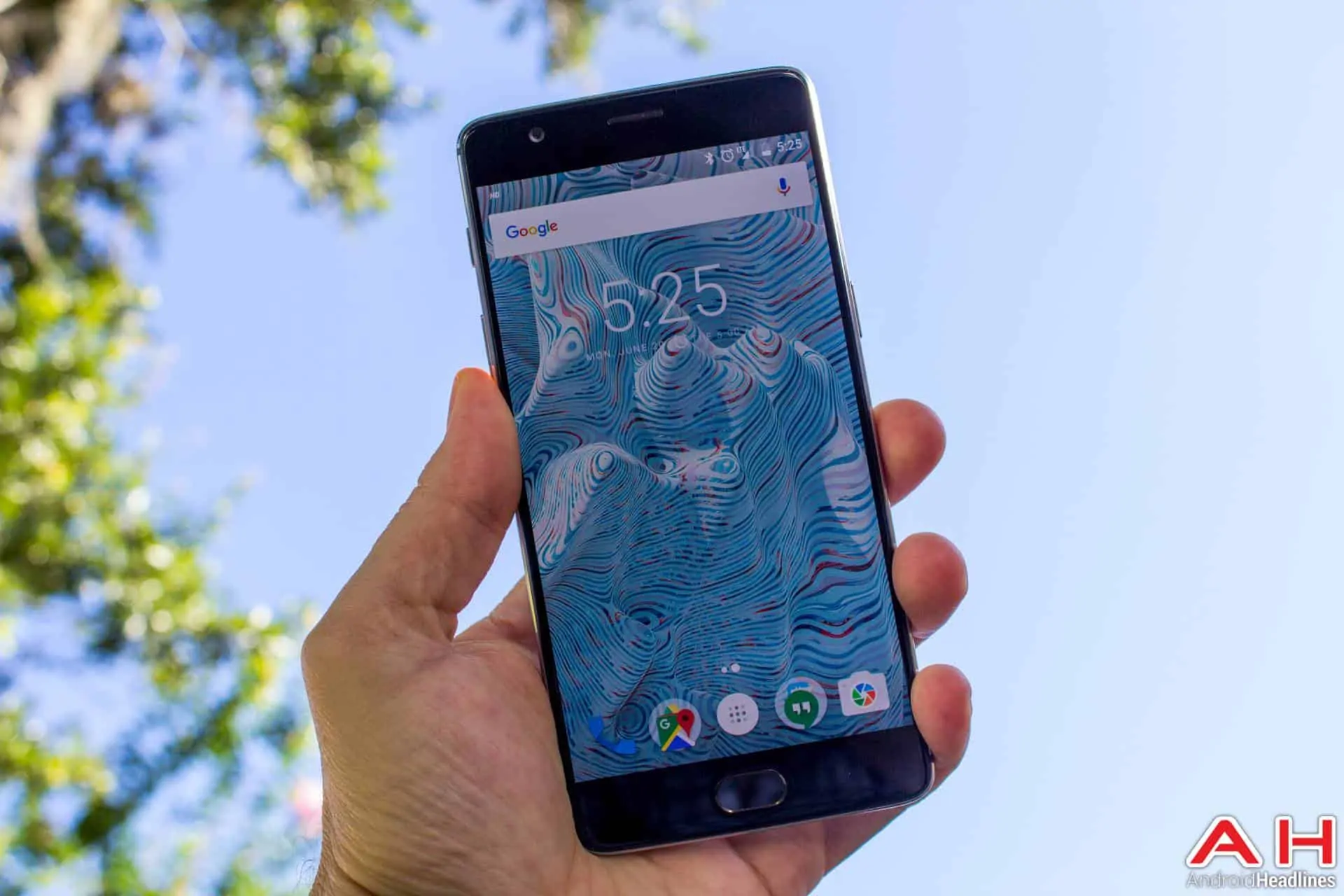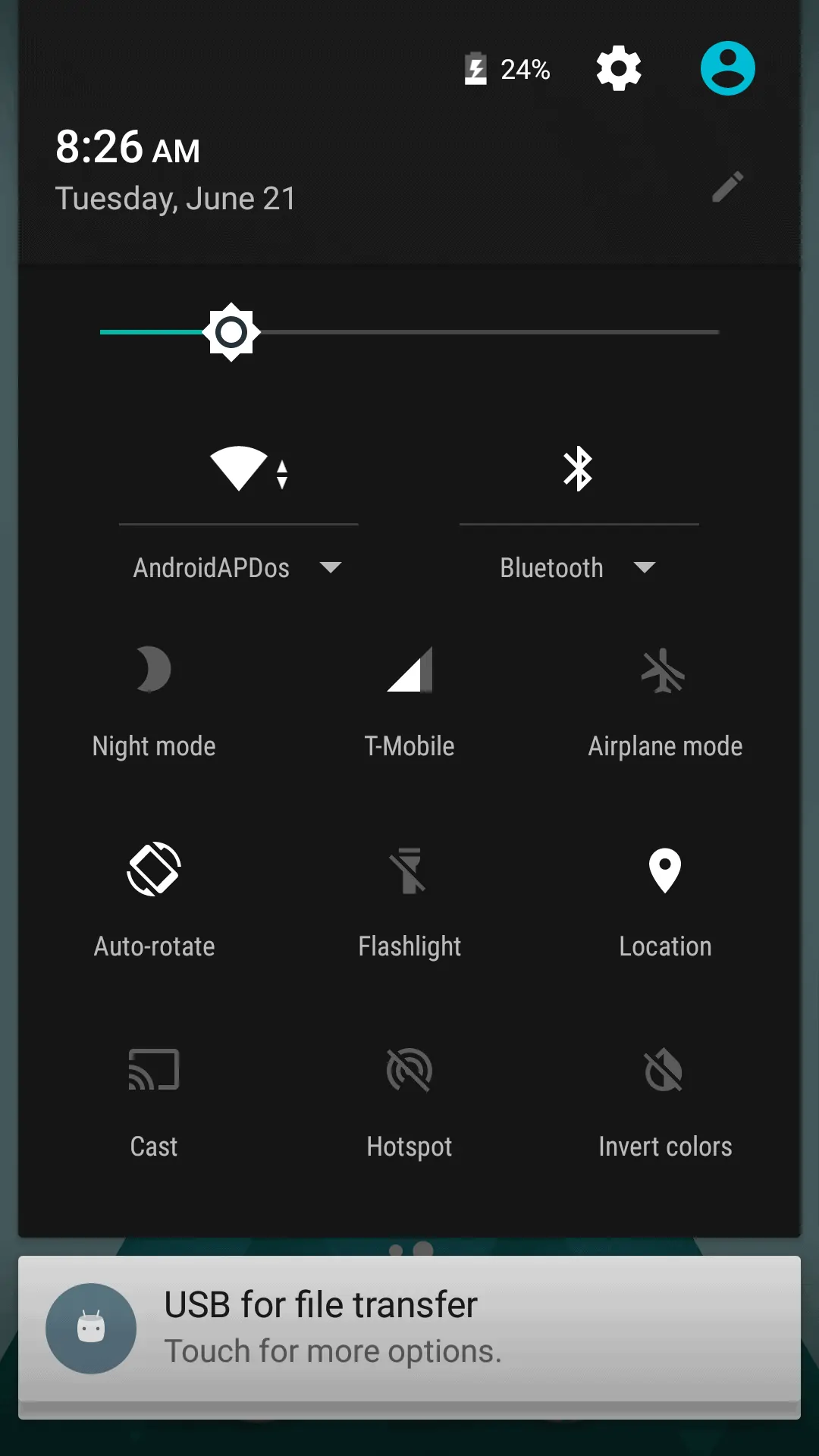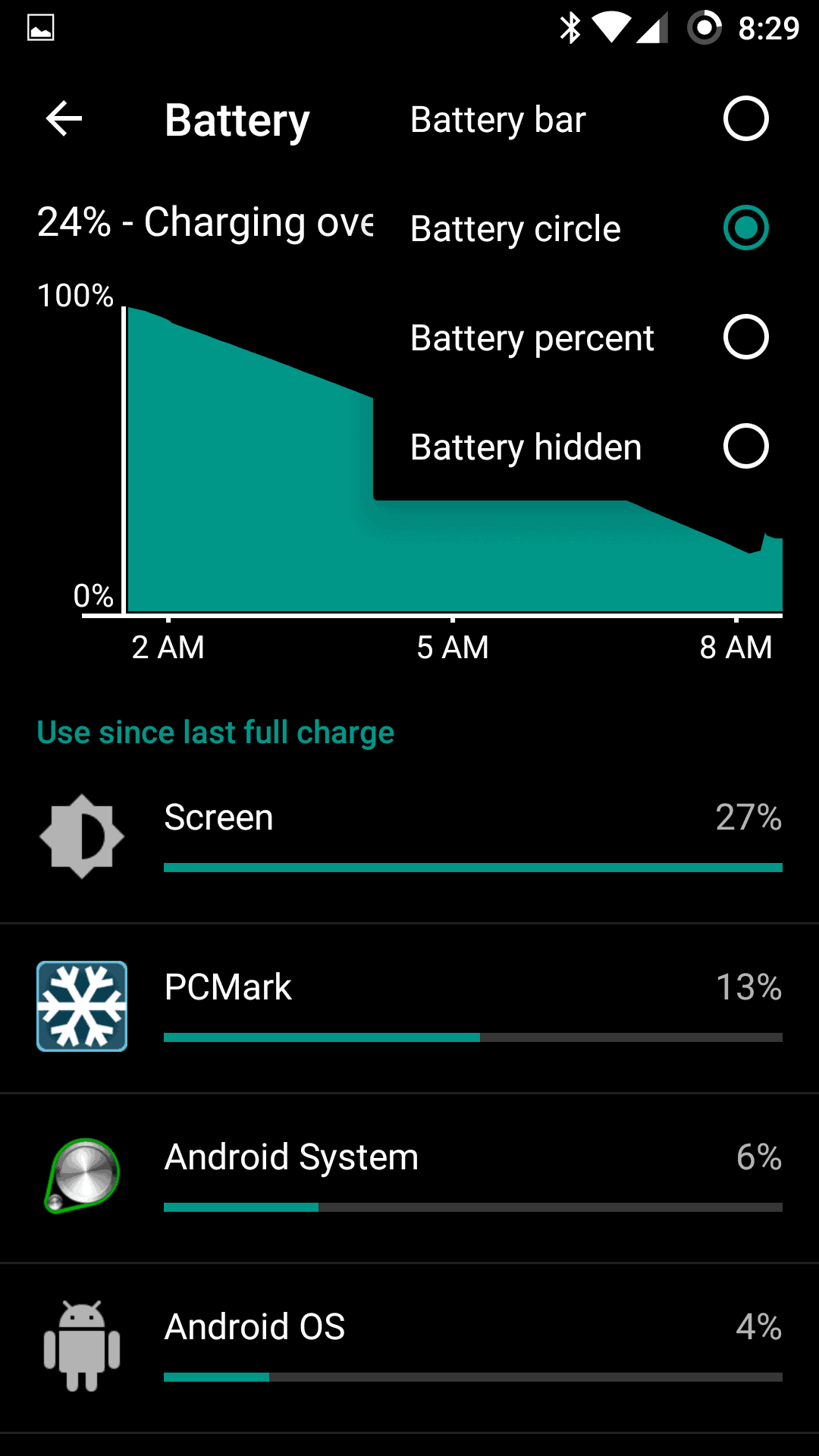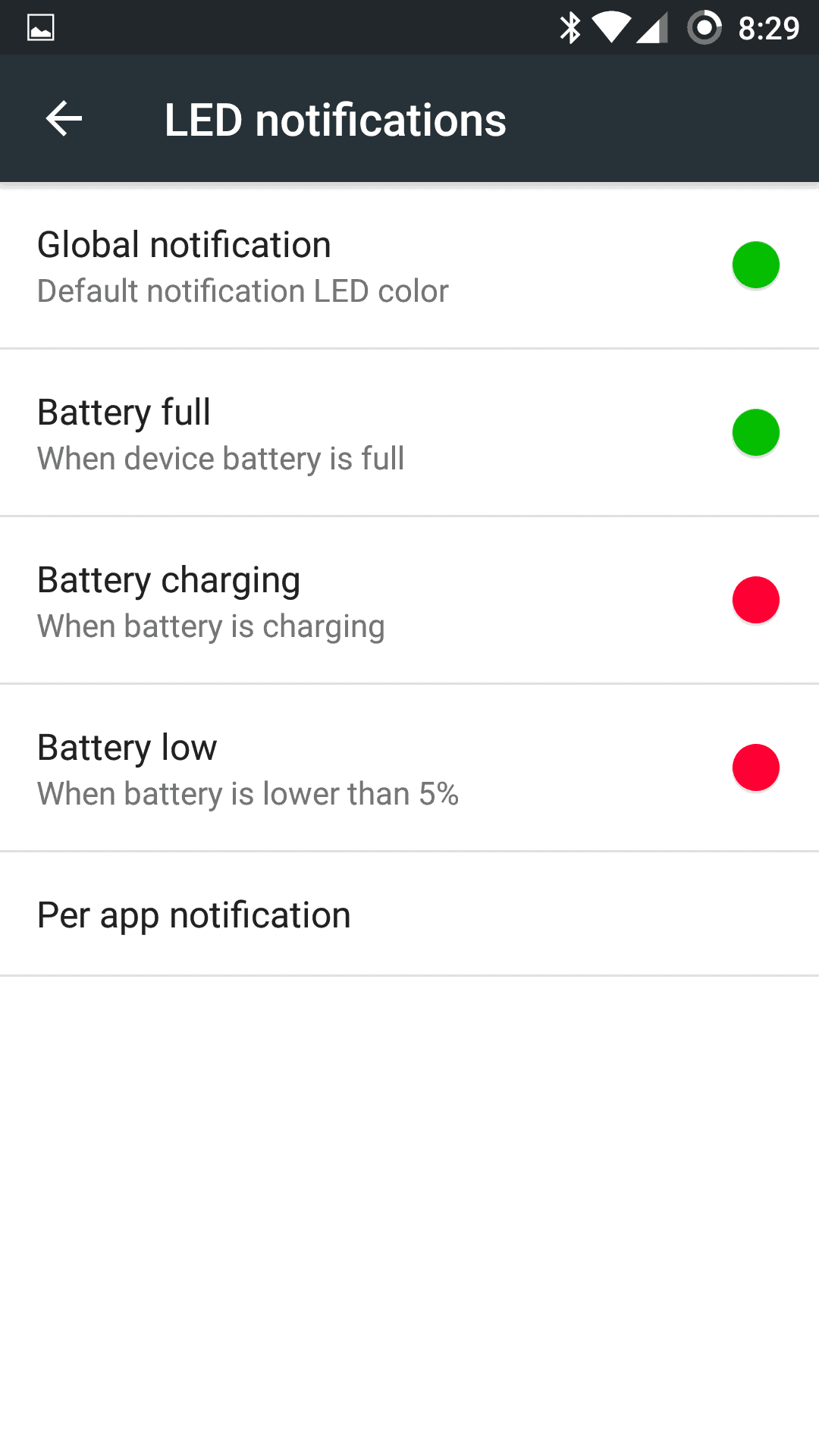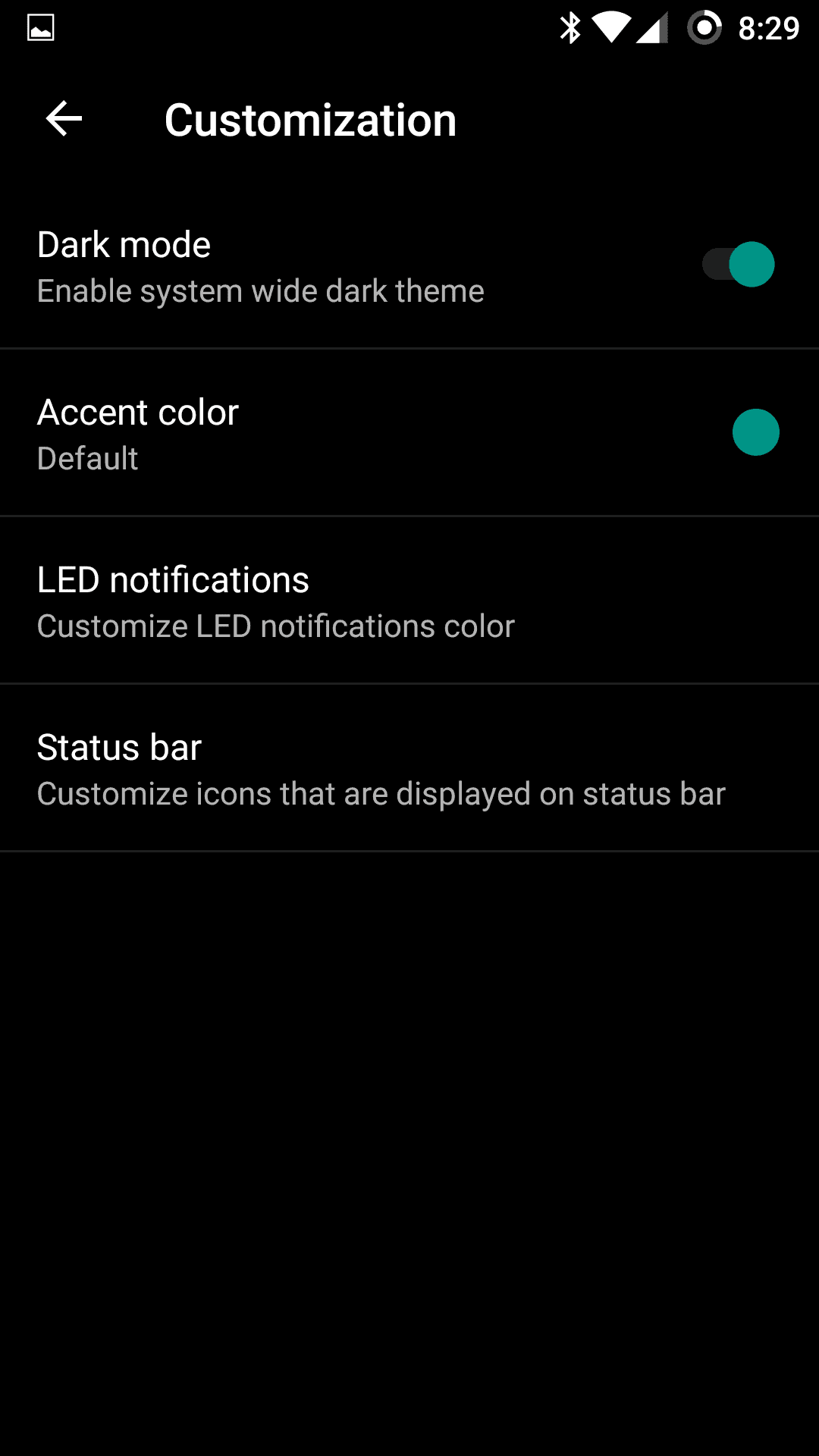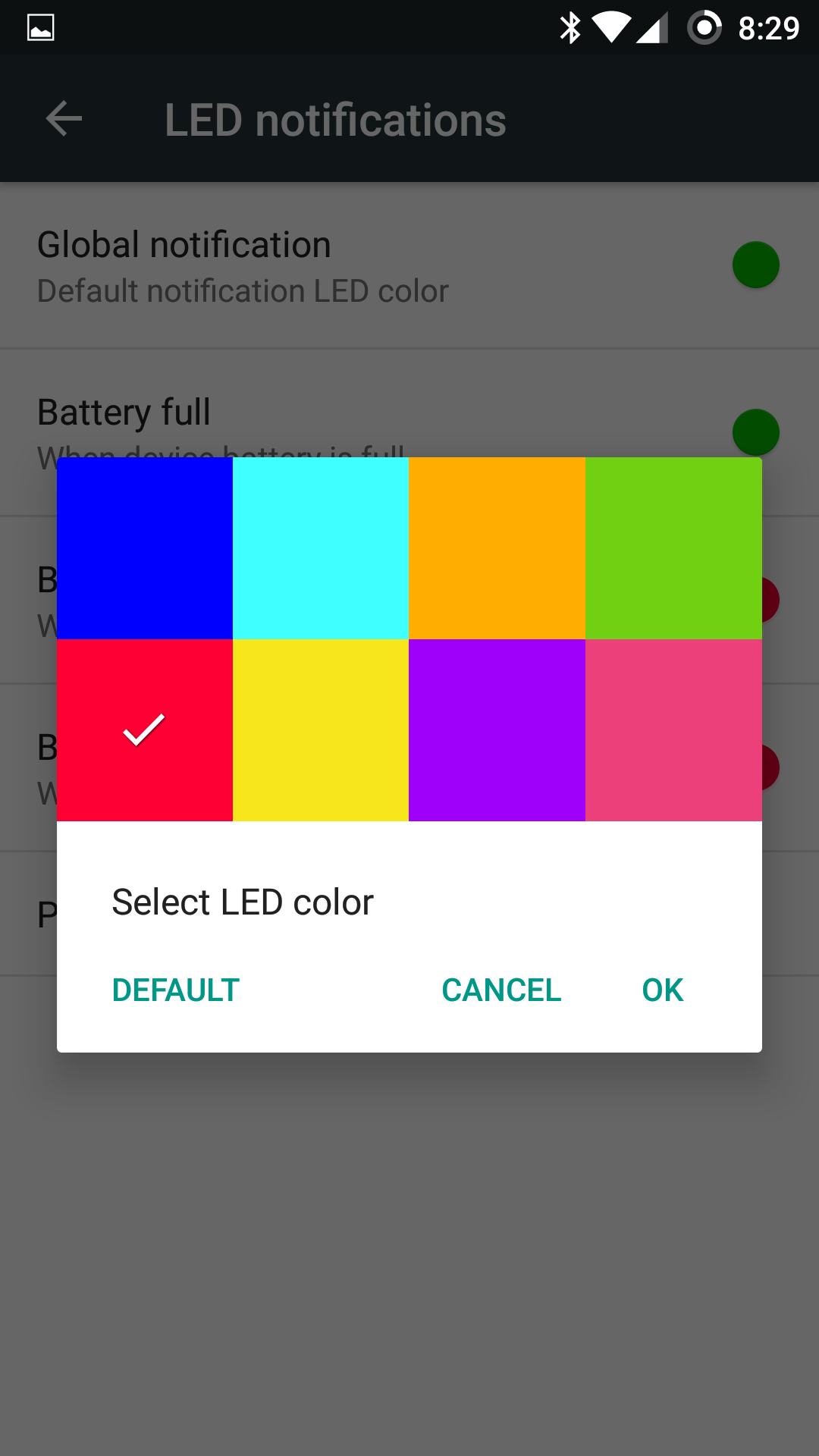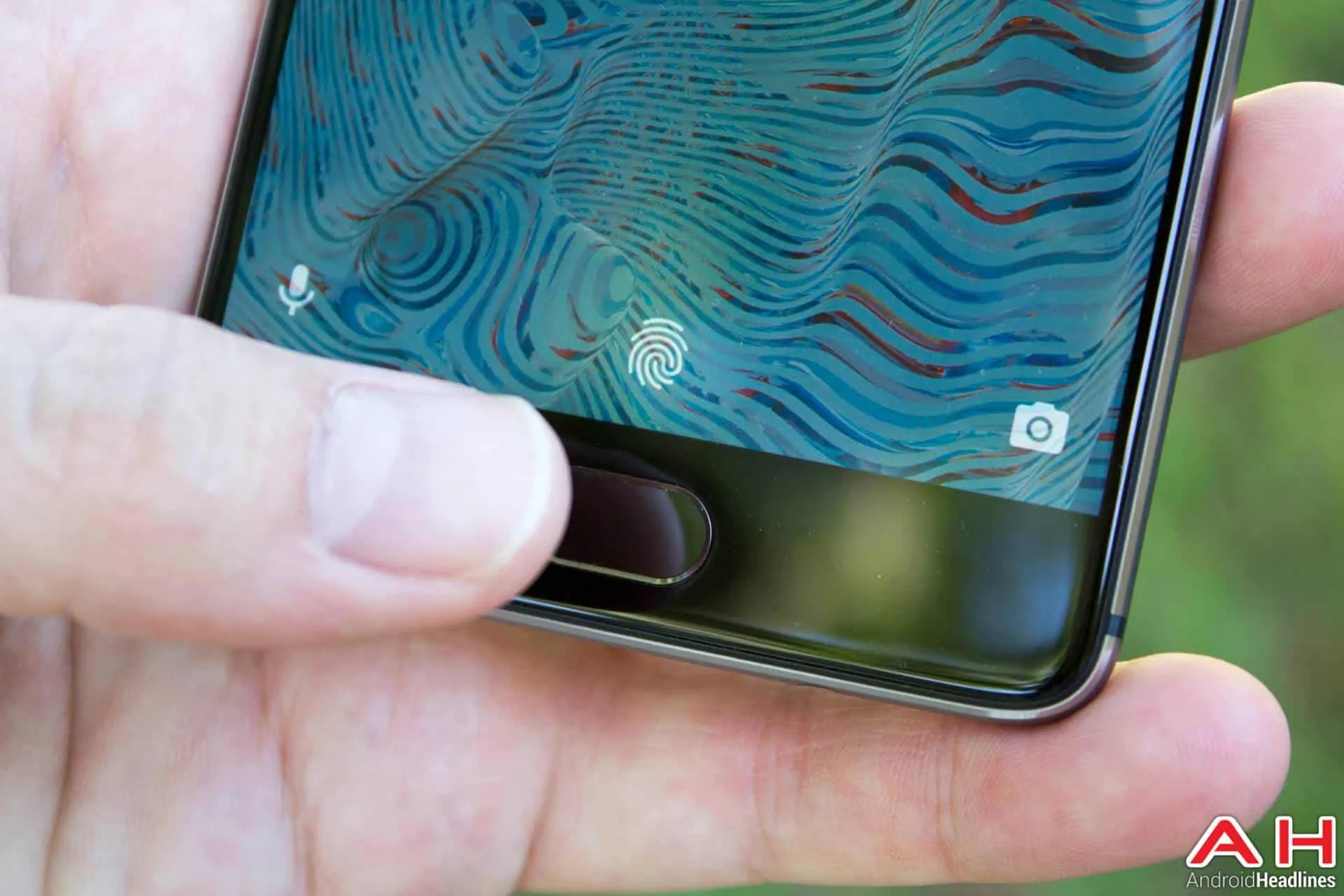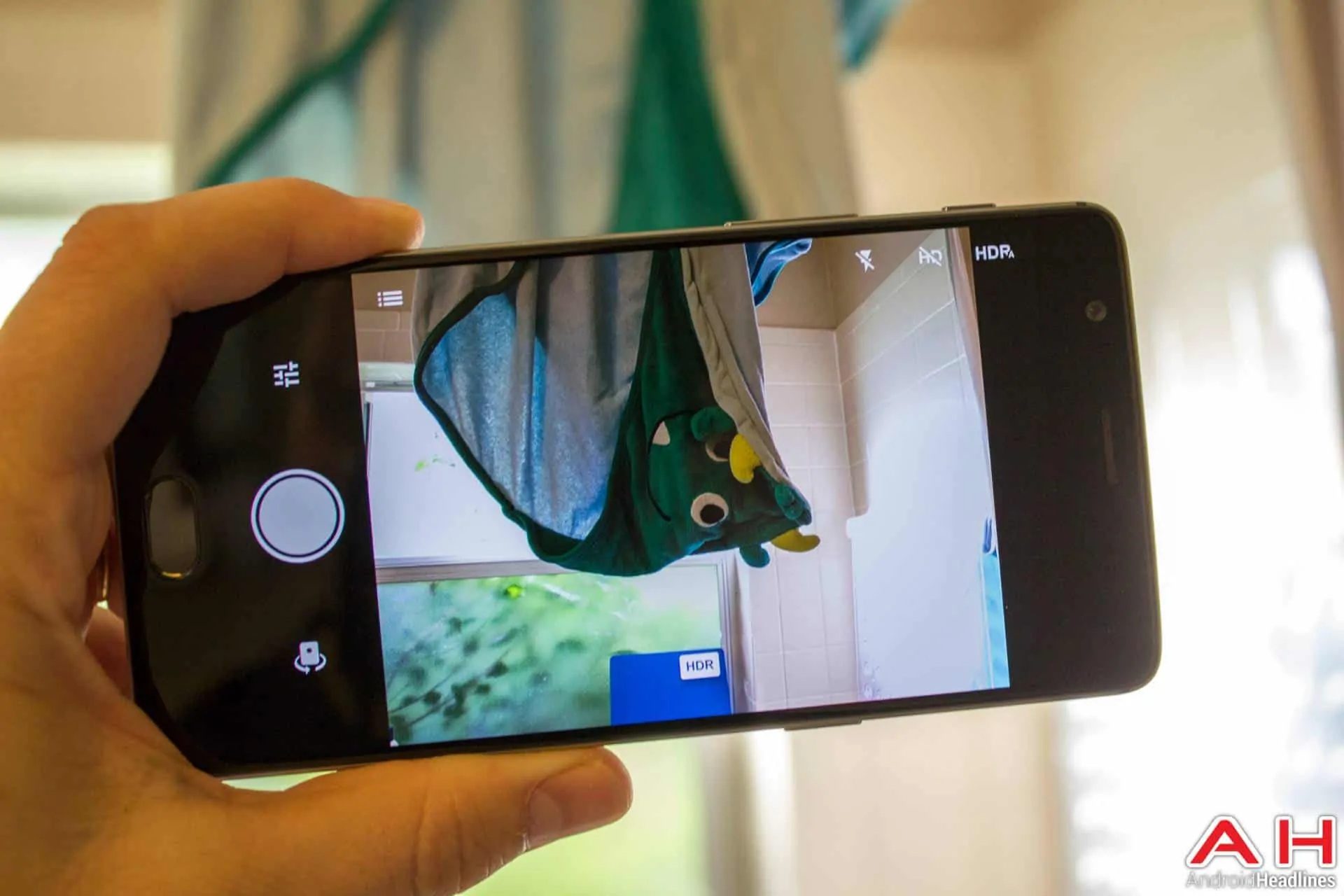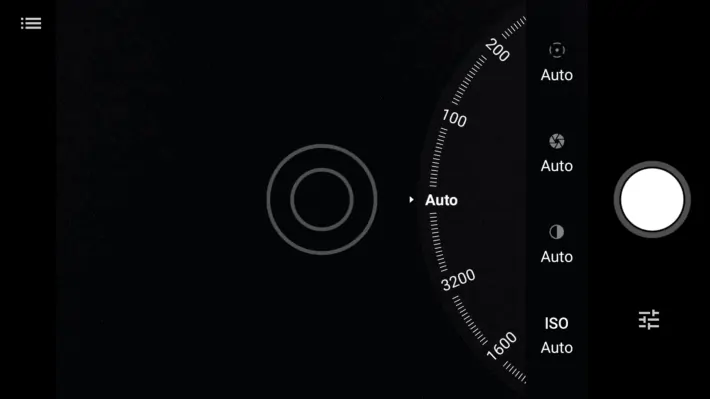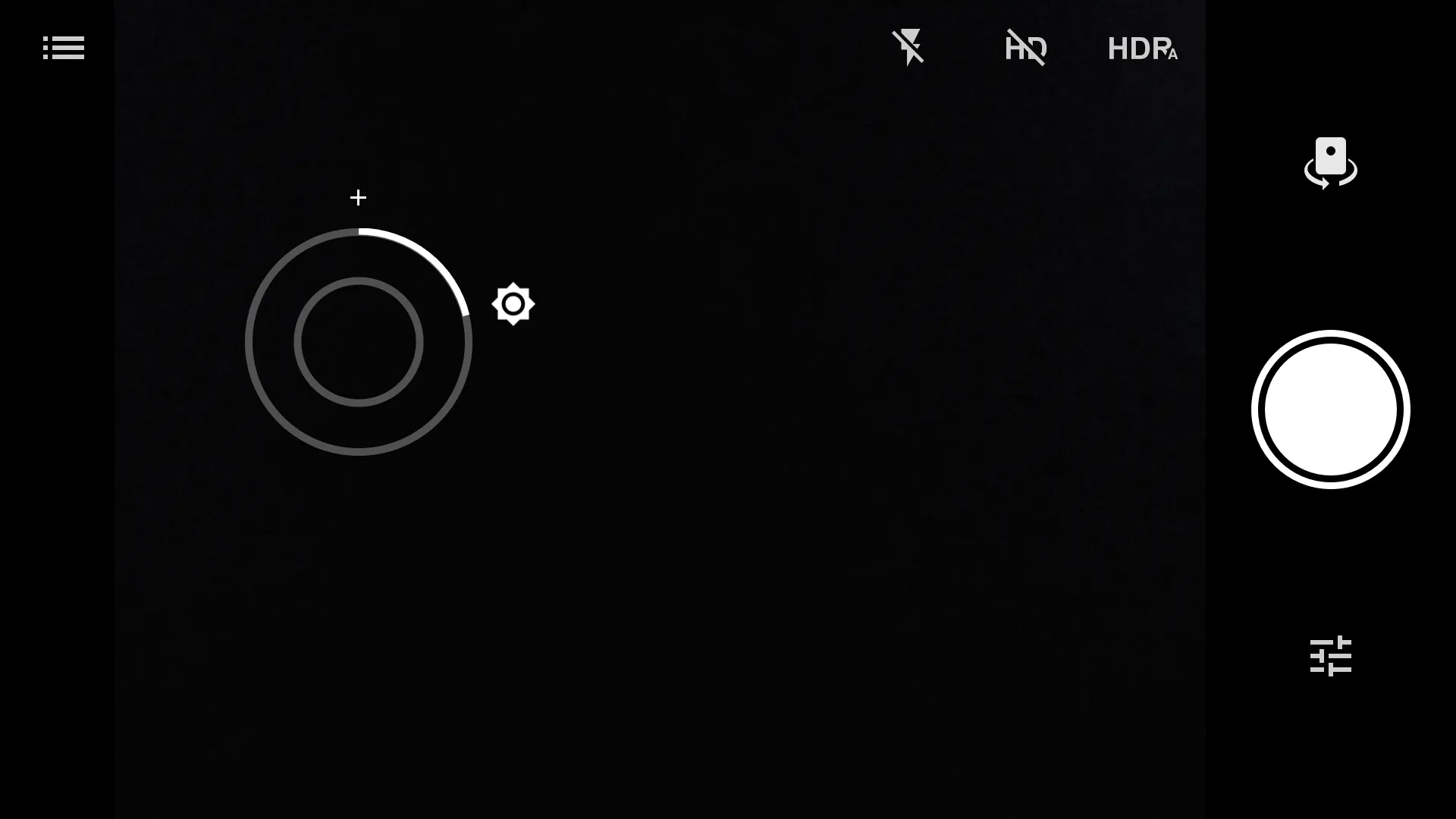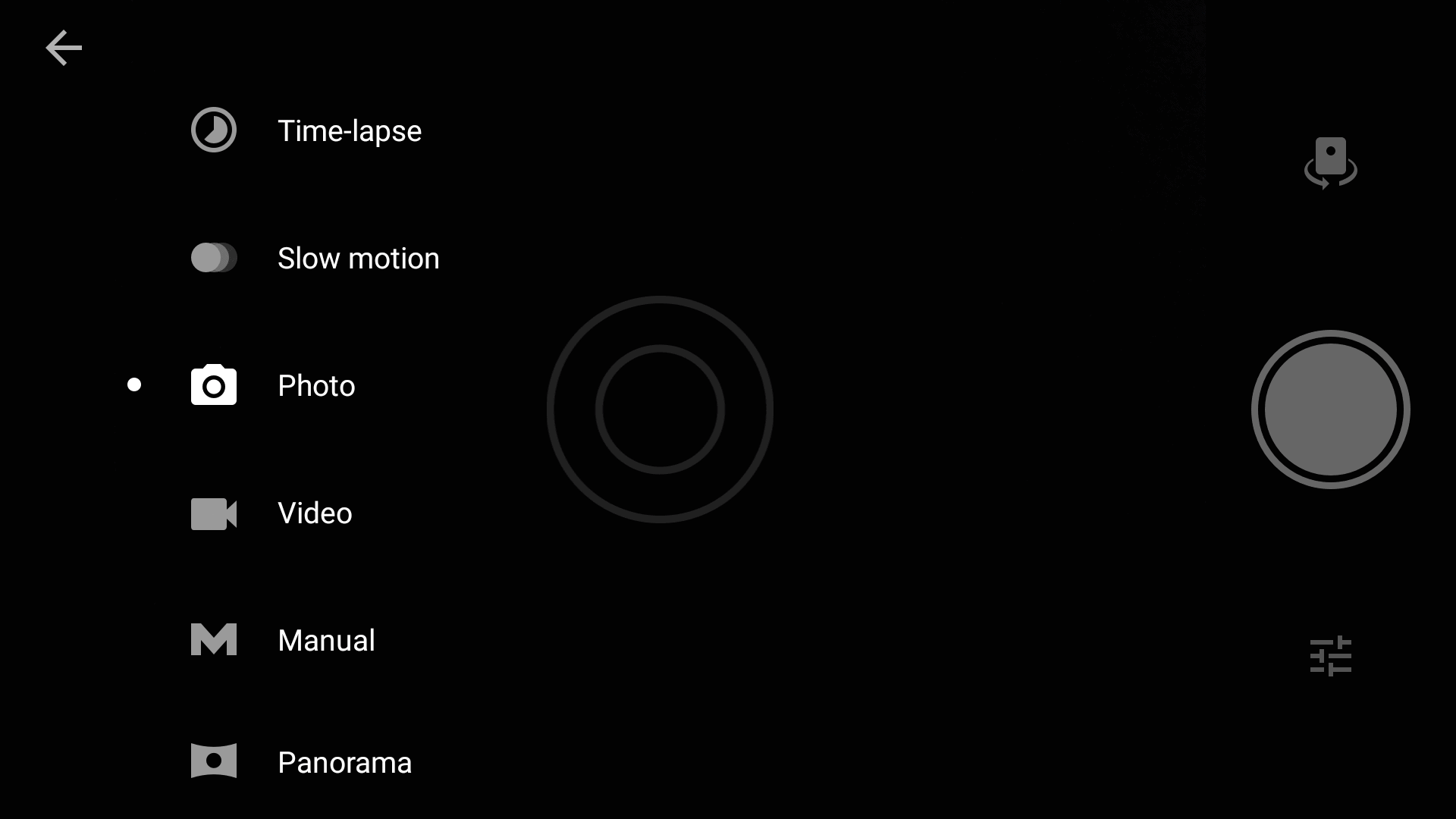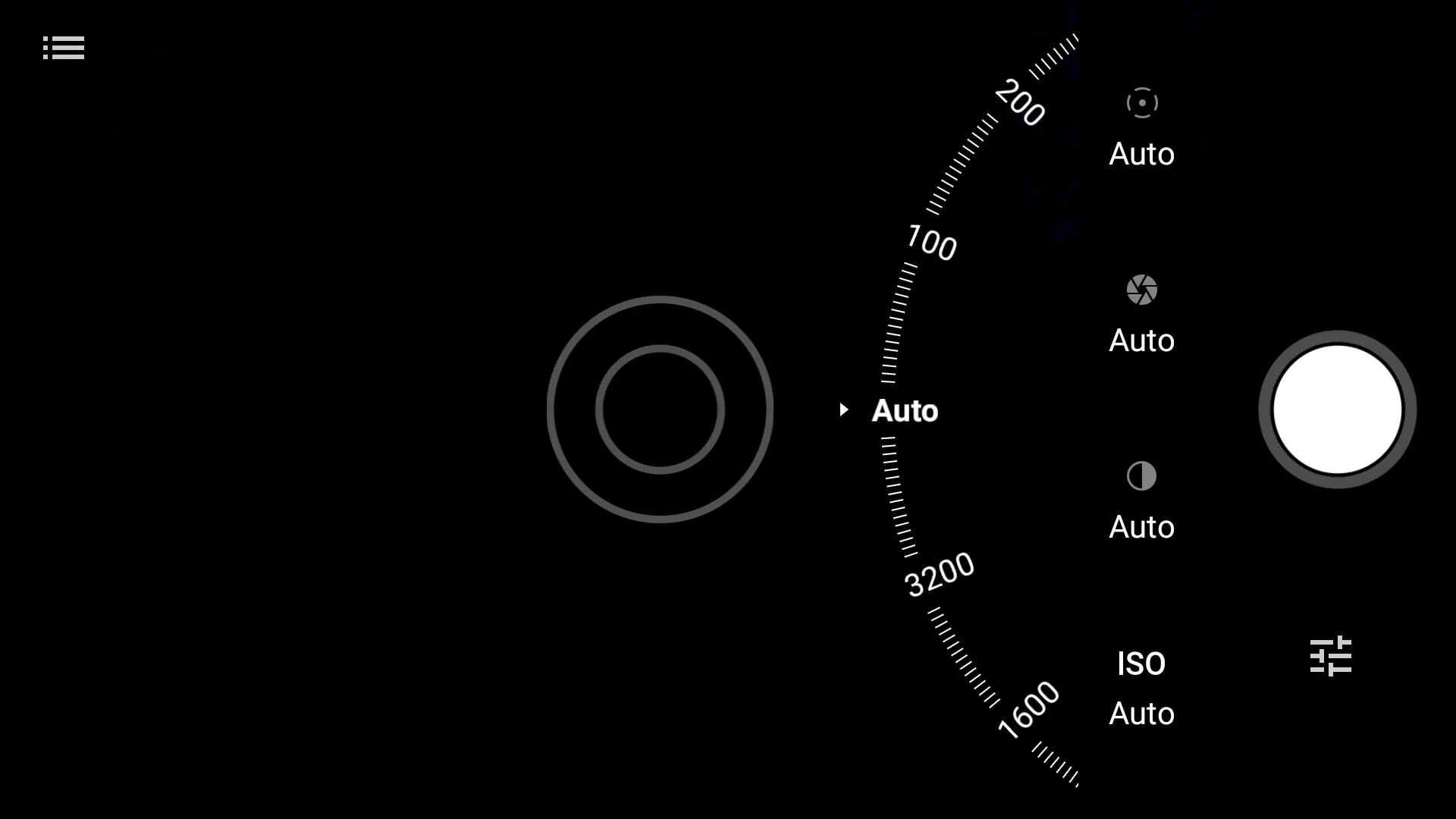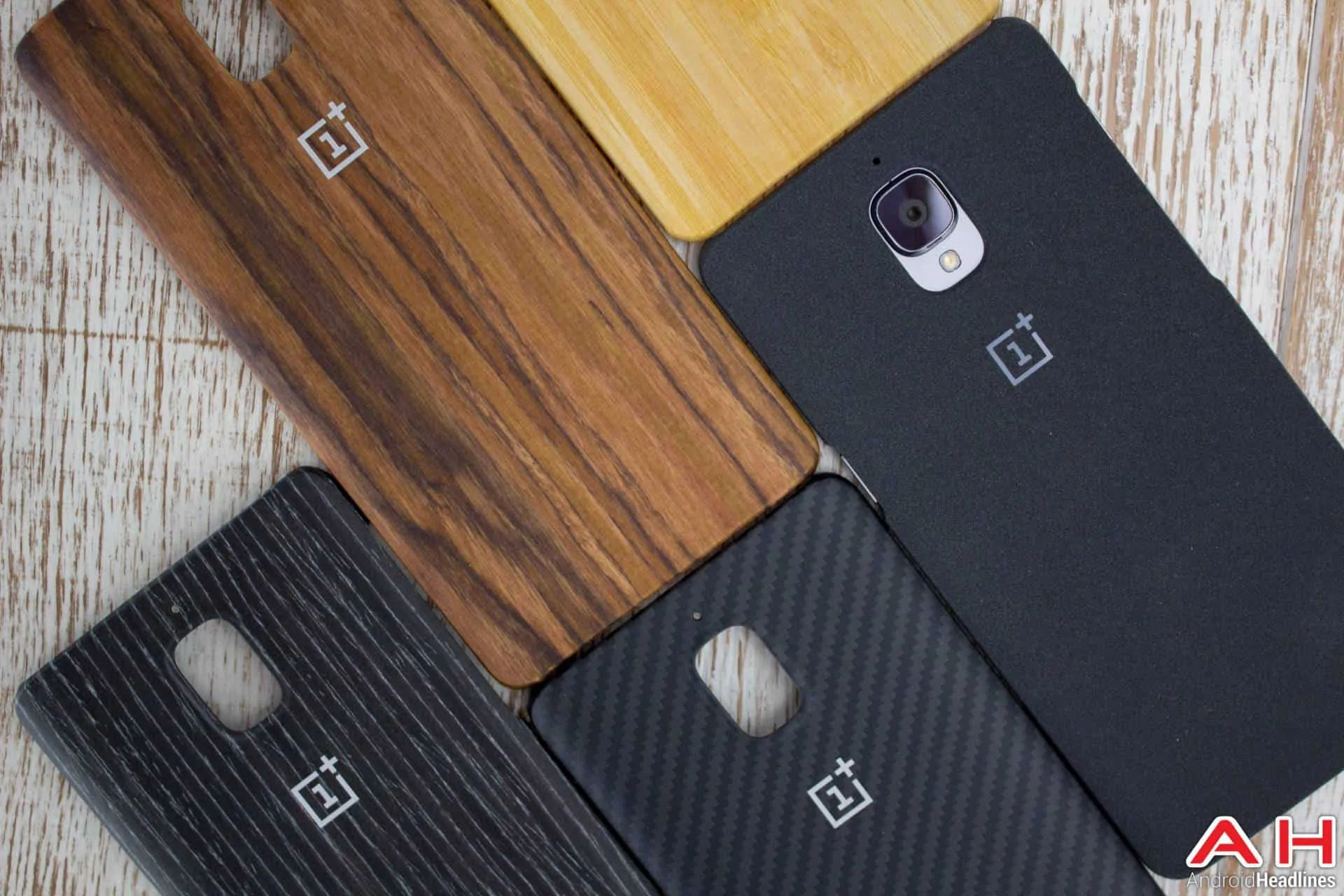OnePlus has a rich history with the Android enthusiast crowd, and was among the first companies to stick truly flagship level specs in a phone that was the cost of a mid-range device at the time. This spurred a war among companies, particularly Chinese OEMs, to bring up their base level specs and continue to drop their prices. OnePlus offered a value over many though on the software front, an advantage that was somewhat removed in last year’s follow-up, the OnePlus 2. This year they’re stepping up the build quality game, all while keeping the specs high and the price low. Does this one top what we’ve seen thus far in 2016 flagships, or is this a mediocre offering? Let’s take a look!
Video Review
Specs
As is to be expected from OnePlus at this point, the OnePlus 3 has cream of the crop specs, and unexpectedly actually has some specs better than any other flagship on the market right now. At $399 this isn’t expected from mainstream OEMs by any means, but this is OnePlus’ game and they’re clearly becoming more adept at playing it. On the front of the device is an Optic AMOLED display, measuring at 5.5 inches and pushing 1080p resolution with Gorilla Glass 4 protection. Underneath the hood is a Qualcomm Snapdragon 820 SoC MSM8996 containing one dual-core 2.15GHz Kryo CPU and one dual-core 1.6GHz Kryo CPU, as well as an Adreno 530 GPU. A whopping 6GB of RAM sits inside the all-metal frame too, 50% more RAM than any other phone on the market. While there’s no expandable storage, there’s at least 64GB of internal storage here, which should be expected from OnePlus at this point.
Above that screen is a front-facing 8-megapixel 1/3.2-inch camera sensor with 1.4-micron sized pixels, while the back holds a 16-megapixel 1/2.8-inch camera sensor with 1.12-micron sized pixels, f/2.0 lens, phase detection autofocus and a single LED flash. There’s a 3,000mAh battery inside of the non-removable back, and the ability to use two nano SIM cards at once too. The frame itself measures 152.7mm tall by 74.7mm wide by 7.4mm thin with a camera hump on the back, and the whole package weighs a rather solid 158 grams. OxygenOS 3.0 powers the front end, while Android 6.0.1 Marshmallow powers the backend of the software experience. The phone ships in the graphite color, which we have as our review model, as well as a solid gold color.
In The Box
As the phone is the real value in the package, you’re not going to be getting much else in the box for the OnePlus 3. Aside of course from the aforementioned phone you’ll be getting a brand new Dash Charger, one of the big marketing pushes from OnePlus this time around. As you’ll see later the Dash Charger is pretty incredible, and will get you out of a tight spot of low battery in a jiffy. You’ll also find the usual manuals and a SIM tray ejector tool here, as well as a nice little note from Carl Pei, co-founder of OnePlus, thanking you for supporting the company.
Display
Thus far in OnePlus history we’ve had two flagship phones ship with LCD screens, which at the time were the most affordable option. These weren’t bad screens by any means, but nowhere near the best available on the market. The OnePlus X ushered in the AMOLED change late last year, and now we’re getting a full scale top-tier AMOLED display on the OnePlus 3. This panel, dubbed an “Optical AMOLED” panel, is OnePlus take on the traditional Super AMOLED which normally features high contrast and overly high saturation levels. OnePlus has toned these factors down quite a bit, resulting in a panel that’s not as stark looking as many other AMOLED panels, rather it delivers natural colors that are still rich, and those patented black levels that only an OLED based display can deliver.
Everything about this panel screams quality, from its absolutely incredible viewing angles that exhibit no color shifting until you’re looking at it almost sideways, to the refresh rate of the panel and the low persistence of its pixels. It’s a slightly cooler panel than some other AMOLED displays, resulting in whites that have a tint of blue to them, and while there’s a built-in color temperature adjustment it’s difficult to bring these colors to true white. Still this issue pales in comparison to the myriad of other issues that still cause problems in displays in other smartphones, and it’s a minor trade-off to deal with when looking at all the other positives.
OnePlus also claims that it’s adjusted the panel to make it easier to see outdoors and in sunlight, but I found that it really wasn’t much better than the AMOLED panel in the Nexus 6P for example, and pales in comparison to the insane brightness levels Samsung offers on their AMOLED panels for the Galaxy S7 series. It’s not bad in most outdoor situations, but it’s very difficult to see in direct, super bright Florida summer sunlight. Thankfully though the digitizer is absolutely top notch, an issue that OnePlus corrected in last year’s OnePlus 2 over the original One, and feels every bit as good as something from Samsung or LG for instance. Every tap of your finger, no matter how fast or close together, will register with perfection here.
Hardware and Build
The single biggest change over previous generations of OnePlus flagships is the design language. OnePlus seems to have completely thrown away all of their telltale design language in every way but the home button it debuted with the OnePlus 2. This home button is now larger and more rounded off, as if you cut a circle in two vertically and stretched it out. This is not a physical button you click, rather a capacitive touch button that feels like the on-screen buttons would. On each side of it is a hidden pair of capacitive touch buttons, in which all of these can be disabled in favor of software buttons if you wish. Other buttons on the device include a power button on the right side, situated just below the SIM card tray, and a volume rocker at about the same elevation on the left. Above the volume rocker is the brilliant priority mode switch that debuted with the OnePlus 2, and deeply ties in with Android’s priority notifications feature.
The bottom of the phone features all the ports, with a USB Type-C port in the middle, 3.5mm headset jack to its right and a single speaker on the left. Around the back is where you’ll find the biggest design change of all though, and one that ultimately makes it look less like a OnePlus phone and more like something out of HTC’s labs. Sporting a large metal slab on the back, only separated by antenna lines, the incredibly solid body of the OnePlus 3 is nothing short of a joy to hold. This phone isn’t just thin, it’s also incredibly strong feeling, lending a feeling of premium high quality construction from a company that hasn’t always been known for its build quality in the past.
It’s these previous build quality issues that OnePlus seems to have improved upon the most, and as far as I can tell there are no issues here with the build in any way, shape or form. There’s no weird digitizer issues, no yellowing screens, no faulty home buttons and no overheating issues, just an incredibly solid, well built device that you could mistake for any other high quality, premium Android phone. And that’s both the blessing and the curse of the OnePlus 3 from a hardware standpoint; while you’re getting an incredibly premium device for 2/3 of the cost of most premium Android phones, you’re not getting something that looks unique, which likely is a non-issue for the vast majority of folks out there. It’s just disappointing in a way from a company that’s sought out to differentiate itself so much both visually and in their use of materials in the past.
Performance and Memory
As can be expected from a Snapdragon 820 powered device, the OnePlus 3 is nothing short of a powerhouse in the performance department. Anything you can throw at this phone, from the latest high-quality 3D games, to minor video editing tasks that can be done on a touch screen, the OnePlus 3 simply does not slow down for anything. It also doesn’t get hot when firing through high-performance tasks either, something that can’t be said of every phone on the market.
6GB of RAM is an industry first too, and one that OnePlus can rightfully say was their entry into the 2016 spec race. The problem that’s been found, however, is that the phone won’t actually use all 6GB unless its modified. Out of the box it seems that 2-3GB is the maximum amount the phone will use at any given time, meaning 10-15 apps can be kept in memory until they are cleared out for new apps to be used. While 10-15 apps is certainly more than most users would ever need to navigate back through, the idea of having 6GB of RAM and not being able to fully utilize that, however silly the reason, just feels wrong. It’s clear that 6GB of RAM was used for more of a selling point on the spec list than actual usage, but this one isn’t a poor performer by any means.
VR Performance
Being the most powerful mobile SoC on the market has its advantages for sure, and the Snapdragon 820 paired with the Adreno 530 are a fantastic combination for VR applications. VR applications and games ran absolutely perfectly for me on the OnePlus 3, a lot of which is helped by the fact that the screen is only 1080p resolution. This means it will always perform better than most other Snapdragon 820 powered devices simply because the majority of them are likely running Quad-HD screens or higher at this point.
The downside to this resolution is that the visual fidelity of the images displayed is going to be worse than on a higher resolution screen. It’s very easy to identify the pixels on this panel when in VR, and almost as easy to identify the pixel structure itself. It’s not too distracting though once you get into the action, but you will definitely notice it without a doubt. Regardless of the resolution though, persistence rate of the screen is a far more important factor when it comes to actually enjoying VR and keeping it from making you sick. It’s this particular benchmark that brings the OnePlus 3 into the absolute top of the top VR experiences on Android, and one that will make it rival any other phone on the market for a stellar VR experience.
Benchmarks
As would be expected from the previous two performance categories, the OnePlus 3 shines in benchmarking scores. This is especially true in the internal storage speed test portion of PCMark, where the OnePlus 3 shows significant speed improvements over other flagships on the market, in some cases showing 3x the performance. Check out all the benchmarks below.
Phone Calls and Network
The OnePlus 2 shipped without an NFC radio, a decision that was considered incredibly objectionable by many at the time. This year OnePlus isn’t making that same mistake, and has reintroduced NFC to the OnePlus 3. This means full Android Pay support among other advantages that NFC brings over other similar tech, and especially over not having it at all.
As a globally unlocked phone it’s important the OnePlus 3 supports as many wireless frequencies as possible, and as many wireless technologies as possible too. Google’s Nexus program has outdone every other phone on the market in this category for 2 generations now, and while that’s not going to be knocked off its pedestal quite yet, the OnePlus 3 will certainly give the Nexus phones a run for their money in many respects. There are two models, a Global model and a North American model, which differ in their connectivity as you’ll see in the list below.
Reception and quality are perfect and exactly what you would expect from a modern smartphone. Even technologies like Voice over LTE are supported, giving you higher quality calls than you might be used to depending on what phone you’re coming from, something that’s not often found in non-carrier branded phones here in the US. There’s also full dual-SIM card support here with color coding available for each SIM, and clear markings and distinctions as to which network is being used in every scenario needed. Check the list below for full connectivity options:
Global Model:
2G: 850/900/1800/1900MHz
3G: 850/900/1800/2100MHz
4G LTE Bands: 1/3/5/7/8/20/38/40/41
North American Model:
2G: 850/900/1800/1900MHz
3G: 850/900/1700 AWS/1900/2100MHz
4G LTE Bands: 1/2/4/5/7/8/12/17
Battery Life
Battery life is something that many modern smartphones still struggle with from time to time, and that includes allowing you to use the phone at your pleasure while still delivering a full day’s worth of charge. The OnePlus 3 has a somewhat difficult time managing this, something particularly puzzling when OnePlus cites restricting the RAM usage to help battery life, but wasn’t impossible to achieve. I got slightly less than average battery life for most phablets, around 3 hours of screen on time over a full day’s use for me before needing to get charged. I found that using it a little less, say 1.5-2 hours of SoT, would help it get through an extra half a day before needing a top up.
It’s this recharge period where the OnePlus 3 excels so much too, and ultimately helps negate its woefully average battery life in most cases. OnePlus is using a new method called Dash Charge which takes a 5v/4a current and places it squarely into the USB Type-C port on the phone. This is a full 5W-10W more than most QuickCharge phones, and definitely charges it as fast as you’d think. OnePlus cites a full 60% charge in 30 minutes, which I absolutely achieved in that time frame, if not slightly more. From 30%-100% took 31 minutes for me, an impressive feat that will get it through another 24 hours of full use in my estimation.
On top of this the quick charging won’t heat up the phone even in the slightest bit. That’s a stark contrast from other quick charging methods that can heat up the phone to uncomfortable levels for many people, and there’s no way you could actually play games or other demanding processing tasks while charging either. All these things can be done on the OnePlus 3, which is fantastic to say the least.
Sound
One of the big selling points for the OnePlus One and OnePlus 2 were its AudioFX capabilities. Debuting with Cyanogen’s AudioFX panel on the OnePlus One, OxygenOS on the OnePlus 2 took where the One left off and improved upon user interface and usability. Unfortunately OnePlus seems to have decided that allowing users to tweak the audio capabilities of the phone isn’t an important quality and has completely left out this option. Thankfully though the stock audio quality coming from the 3.5mm headset jack is nothing short of excellent, and provides a superior sound experience to some other phones out there, especially in the sub-$400 price range. You won’t be getting 24-bit high-res audio, Apt-X or anything else like that here, just good high quality 16-bit audio from the 3.5mm headset jack, and standard A2DP Bluetooth audio if you prefer that connection method.
The speaker on the bottom feels about the same way as these options too. It’s in the same place OnePlus has always put its speakers, and it shares a lot in common with those too. It’s loud and clear, something that’s incredibly important in a smartphone’s external speaker for sure, and it sounds rather decent compared to some previous generation single bottom-facing speakers, but it’s not going to give something like an HTC 10 or a Nexus 6P a run for its money any time soon. You can listen to music fairly pleasurably on it without a doubt, but it’s not the best speaker in the world, just one you’ll happen to have on you all the time.
Software
Since its debut about a year and a half ago, OxygenOS has gone through two major revisions, each time showing some significant steps toward a modern smartphone OS skin. OxygenOS 3.0 launches with the OnePlus 3, appropriately enough, and is built upon Android 6.0.1 Marshmallow, the latest version of Android currently available. As we saw last year with OxygenOS, this year proves to be another year where things become more and more stable, and features have been added and tweaked since the last iteration. A few adjustments have been made to the launcher of late, as well as some enhancements to how the “shelf” feature of the OnePlus launcher works. There’s also plenty of ways to customize those buttons found under the screen, including completely replacing them with software buttons on screen.
What’s not clear is how much of an update schedule is planned for the phone. While there’s absolutely no reason to think that OnePlus won’t support the phone outside of the initial launch period, they have been incredibly slow at delivering timely, stable updates in the past. This is obviously a serious thing to consider in the world of smartphones, and while it’s at least $200 cheaper than its next closest major competitor, it’s entirely possible that those other phones will receive their Android N updates much faster than the OnePlus 3 will. It’s all speculation and hearsay at this point for sure, but history is a smart judge and we’ve seen plenty of evidence not entirely in OnePlus’ favor up to this point.
UI/UX
While there’s not nearly the level of customization the OnePlus One launched with two years ago, OnePlus still offers some interesting levels of personalization that are worth noting. Highlight colors can be changed for the entire OS from a palette of 9 different colors total (default plus the swatch presented). The entire UI defaults to Material Light designs, where the menus and other background elements are a pleasing off-white color, but a true black color can be chosen from options that presents an incredibly beautiful to behold color palette on the AMOLED screen of the OnePlus 3. Outside of these slight customizations you’re going to find a mostly stock looking interface, as many of the changes are pure visual changes instead of feature enhancements or drastic UI changes that likely would ruin things.
Fingerprint and Security
App permissions are now standard in Android 6.0.1 Marshmallow, so this is no longer a unique feature of any phone running that version of Android or higher. What’s still a very unique hardware and software based solution, however, is the accuracy and speed of the fingerprint scanner on the phone. We’ve seen some amazing fingerprint scanners come about this year, with every single flagship phone shipping with one minus the oddly priced Sony Xperia X, but none holds a candle to the fingerprint scanner on the OnePlus 3. This is unequivocally the fastest fingerprint scanner I’ve ever seen on any phone, ever. There’s almost no time between placing your finger on the home button and the device being unlocked and ready for you to use.
It’s quite literally instantaneous from the moment your skin touches the glass, and it’s a really satisfying thing to use. There have been a few times where it wouldn’t recognize my print if I was trying to unlock the phone while my wife was holding it or something out of the ordinary like that, but most of the time it was dead accurate when being used. Huawei likely still has the most accurate fingerprint scanners with their ability to read your print even when fingers are wet or dirty, but this is absolutely the fastest and most responsive without a doubt.
Camera Software
OnePlus camera software has come a long, long way over the years. From the slow capture speeds of the OnePlus One to the initial feature-shallow release of OxygenOS’s camera software on the OnePlus 2, the camera on the OnePlus 3 fits right in with what you’ll expect from a smartphone’s camera software in 2016. Visually it looks almost identical to the last major OxygenOS camera software, that is seemingly identical to the iOS camera until you start actually using it. Aside from the big white camera shutter button there’s little representation to the iOS camera, which is a good thing in many ways.
Mode swiping is restricted to photo and video mode, so swiping up or down will toggle quickly between these two most used and most important modes at any time. This eliminates the confusion of the previous OxygenOS camera software where swiping could sometimes result in directional changes depending on the mode, for instance panorama which previously required users to hold the phone vertically. All other modes like Panorama, slow motion, time lapse and manual mode are all found in the left-hand slide-out menu, which can be accessed by either a slide inward from the left, or the menu button on the top left of the interface. Everything here is ultra quick, and it’s pretty mode rich too, but there’s not a whole lot of tweaking or adjustments to be made for most modes.
For instance you can choose from 16:9 or 4:3 aspect ratios in the camera mode, toggling the timer or toggling an on-screen grid, but there’s no image quality adjustments to be found here. Video mode is just as simple, with toggles for resolution between 4K, 1080p and 720p, as well as a grid toggle. Advanced features can all be found in the manual mode, which is generally pretty good, but doesn’t include absolutely everything that some other phones do. There’s options for manual focus, shutter, white balance and ISO, but curiously enough the manual ISO tops out at 3200 instead of the 6400 that auto mode will allow.
Camera Performance and Results
Launching the camera is incredibly fast, and can be done in one of two quick ways; drawing a circle on the screen while it’s off, or double tapping the power button. This will bring up the camera and allow you to take a picture in less then 2 seconds flat. Autofocus is also incredibly fast, and rivals the fastest out there thanks to its advanced Phase Detection AutoFocus (PDAF). While this isn’t quite the 100% pixel usage PDAF of the Galaxy S7’s sensor, it’s generally quite a bit faster than any laser-assisted autofocus phone out there, including the HTC 10, LG G5 and Nexus 6P to name a few.
Two sub-modes that warm my heart are found in the default photo mode, which the camera always launches in. Auto HDR is always toggled no matter what you set it to previously, and generally works quite well. I found that I would like it to be a tad more aggressive when deciding to use HDR, as there were times that HDR should have obviously been toggled (such as the scene in the gallery below with the fountain and bright windows behind it), but even with HDR off the dynamic range of this sensor is nothing short of fantastic. HDR is also completely instant this time around too, with no processing done either during the shot or afterward, so being able to take multiple HDR shots in a row and then instantly view them is an amazing thing.
Previous OnePlus phones included a mode called Clear Image, which took multiple shots at a time and stitched them together for a larger megapixel photo that exhibits more details, sometimes significantly so, than a regular auto shot would. This time around that mode has been renamed to HD and is a simple toggle on the top of the interface next to HDR. While it cannot be used in conjunction with HDR, I found that I generally liked using HD mode over HDR unless I was in extreme lighting conditions. Unlike Clear Image modes from the past, the new HD mode requires no processing time either during or after the shot, a far cry from the slow Clear Image modes of the past. The detail enhancements seen from using HD mode are stunning, and while they can be sometimes subtle it can mean the difference between reading the words on a distant sign and barely being able to make them out.
Detail levels in these 16-megapixel shots look exactly like you would expect them to, which is a breath of fresh air when comparing images with the Galaxy S7, for instance. OnePlus has created a brand new denoise filter that works unbelievably well, and I think this is the first time in history where I actually enjoy the effects of a denoise algorithm on a smartphone over not having one. Generally companies are way too aggressive with the way they filter digital noise and end up canceling out actual detail, but OnePlus has achieved something pretty special here with the OnePlus 3’s camera.
The only place that the camera seems to struggle at all is in very low light conditions, where the physical limitations of the 1.12-micron pixels come in to play. There’s simply not enough space on these pixels to accept the light needed for super dark shots, and often times you’ll find night time shots are a tad too dark without some minor photo editing. Performance in low light is stellar otherwise though, and I found almost no blurring or slow shutter use with this phone, once again a breath of fresh air when comparing to some other big OEMs that always prioritize lower ISO over shutter speed, a stupid decision that often times causes blurry photos even in relatively decent light.
That front-facing camera is quite good too, and generally does a good job of capturing selfies as it should. The pixels on this sensor are larger than the one on the rear sensor and will do a better job of getting low light shots, which is important since many selfies are likely taken indoors or in poor lighting. Video mode is just about as good as the front facing camera too, and performs well but doesn’t break any new ground in quality or features. OnePlus uses optical and digital stabilization to produce a more jitter-free video than without, but it doesn’t seem to work quite as well as the LG G5, HTC 10 or Galaxy S7’s OIS modules do. I also noticed some odd compression artifacts in 4K video, which is odd given that it’s about a 40k bitrate, an amount that’s normally enough to get around most compression artifacts. Slow-motion video also doesn’t record audio, which is disappointing to say the least. This camera is a much better photo taker than a video one, but that’s not to say it’s bad by any means. Check out the full Flickr gallery below for all our sample shots taken during the review period.

The Good
Amazing build quality
Incredible, accurate AMOLED screen
Great VR experience
Top-tier performance
Top-end specs for a middle-tier price
Light Android skin with some nice added features
Unbelievably fast fingerprint scanner
Phenomenal camera
Dash charging is insanely fast
NFC
The Bad
Average battery life at best
No sound adjustments like previous generations had
Mediocre external speaker
OnePlus has a pension for slow OS updates, no telling if this phone will struggle with that too
Conclusion
OnePlus has done it again, and this time around it seems that they’ve taken all the good things they did with the OnePlus One and stripped out all the bad things introduced with that phone and its successor. The company also seems to have learned a thing or two about build quality and supply, two of the biggest issues they’ve faced over the past two years since their inception. This time around we’ve not only got a top-tier spec phone that’s still got a mid-range price, but one that looks and feels every bit like the high-end premium brand that OnePlus has been gauging itself toward for years. This is one seriously amazing phone, and I would absolutely recommend it to people over other flagships for many, many reasons. If you absolutely have to have the most features or something special that those other big OEMs offer, or if you want cutting edge Android updates the moment Google makes them available, this may not be the phone for you. But if you want one incredibly well built phone at an amazing price, with specs that aren’t going to get old in a few months or even years, and a phone that’s as well rounded as any of the best out there, you should look no further. OnePlus has returned to deliver the 2016 flagship killer, and this time it’s for real.
Buy the OnePlus 3
